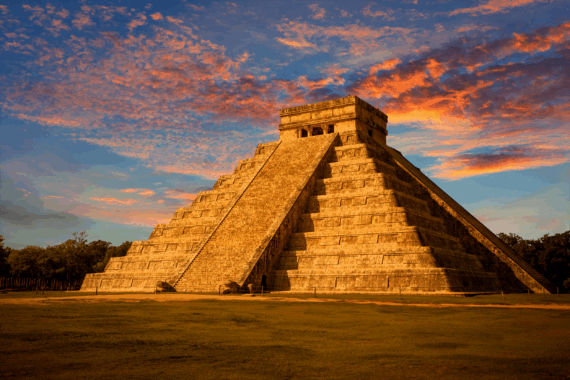While North America may not boast the world-famous Machu Picchu, the continent remains rich with an amazing array of ancient ruins. From the Mayan ruins of Mexico (and yes, Mexico and Central America are part of North America) to the pueblo dwellings of the United States and the ancient Viking settlements of Canada, here is a photo journey across 30 of the most stunning ancient archeological sites in North America.
Related: 31 Historic Places Across America That You Can Tour Virtually
Montezuma Castle National Monument | Arizona
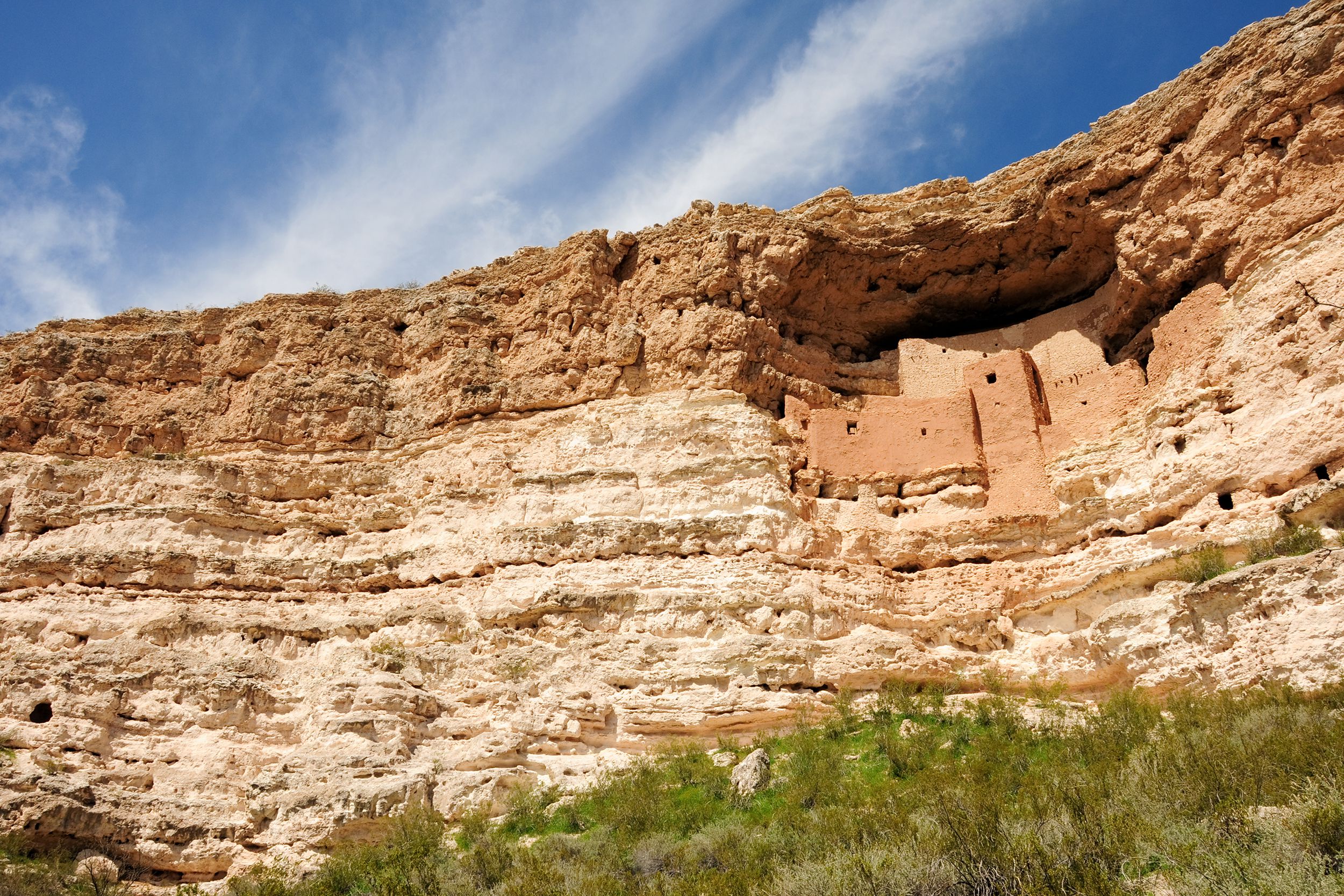
Located just off the interstate between Phoenix and Flagstaff in Camp Verde, Arizona, this lesser-known site houses one of the best preserved ancient cliff dwellings in North America. The site’s namesake structure, the five-story Montezuma Castle, is carved into a sheer limestone cliff with 45 to 60 rooms that were believed to have been built over three centuries, beginning around 1,100 A.D.
Related: Living History: 40 Best Places in the U.S. to Travel Back in Time
Kinishba Ruins | Arizona
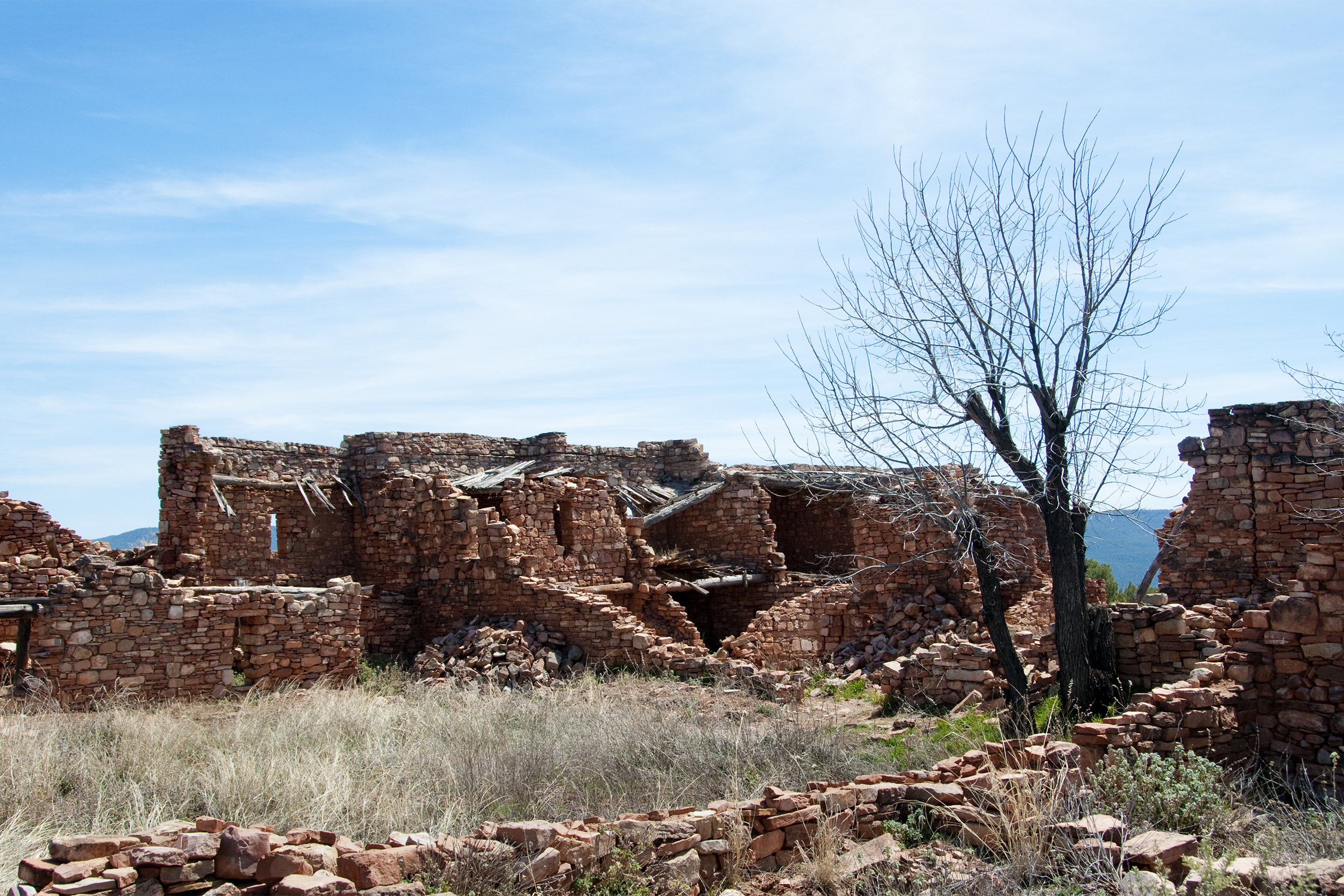
Located in the Fort Apache Indian Reservation in eastern Arizona and administered by the White Mountain Apache Tribe, this ancient Native American site is a 600-room structure located at an elevation of 5,000 feet that is believed to been used as a “great house” (or mansion) for its native people between the 12th and 14th centuries. Related: 18 Towns Where You Can Still Experience the Wild West
Wupatki National Monument | Arizona
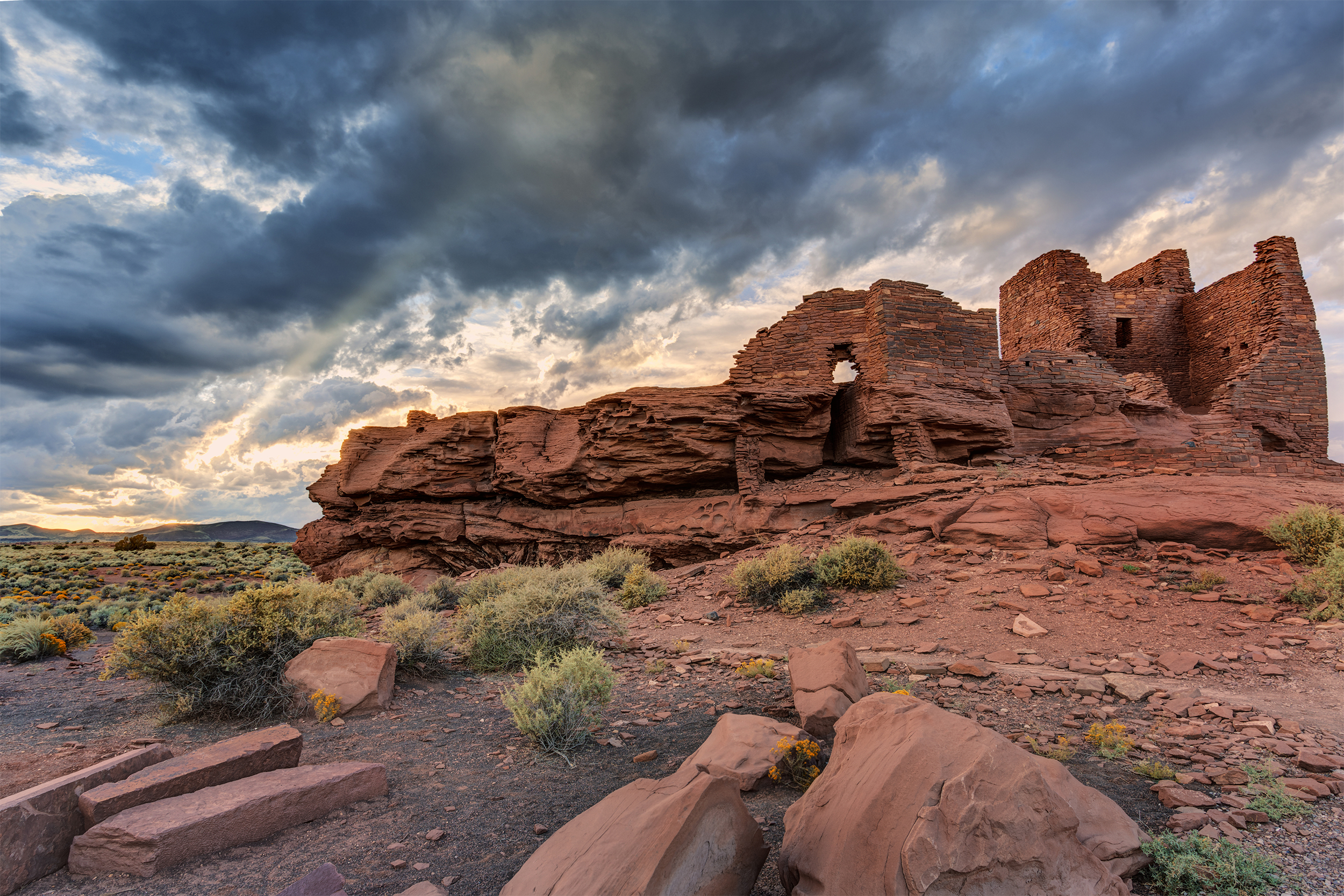
With rich red hues creating a dramatic landscape of rock outcroppings high in the Arizona desert about 30 miles north of Flagstaff, this often overlooked site is home to five ancient Pueblo structures that were first inhabited around 500 A.D. “Wupatki” is Hopi for “tall house,” and this historical site includes the 100-room dwelling known as Wupatki Ruin and a ballcourt.
For more great travel guides and vacation tips, please sign up for our free newsletters.
Mesa Verde National Park | Colorado
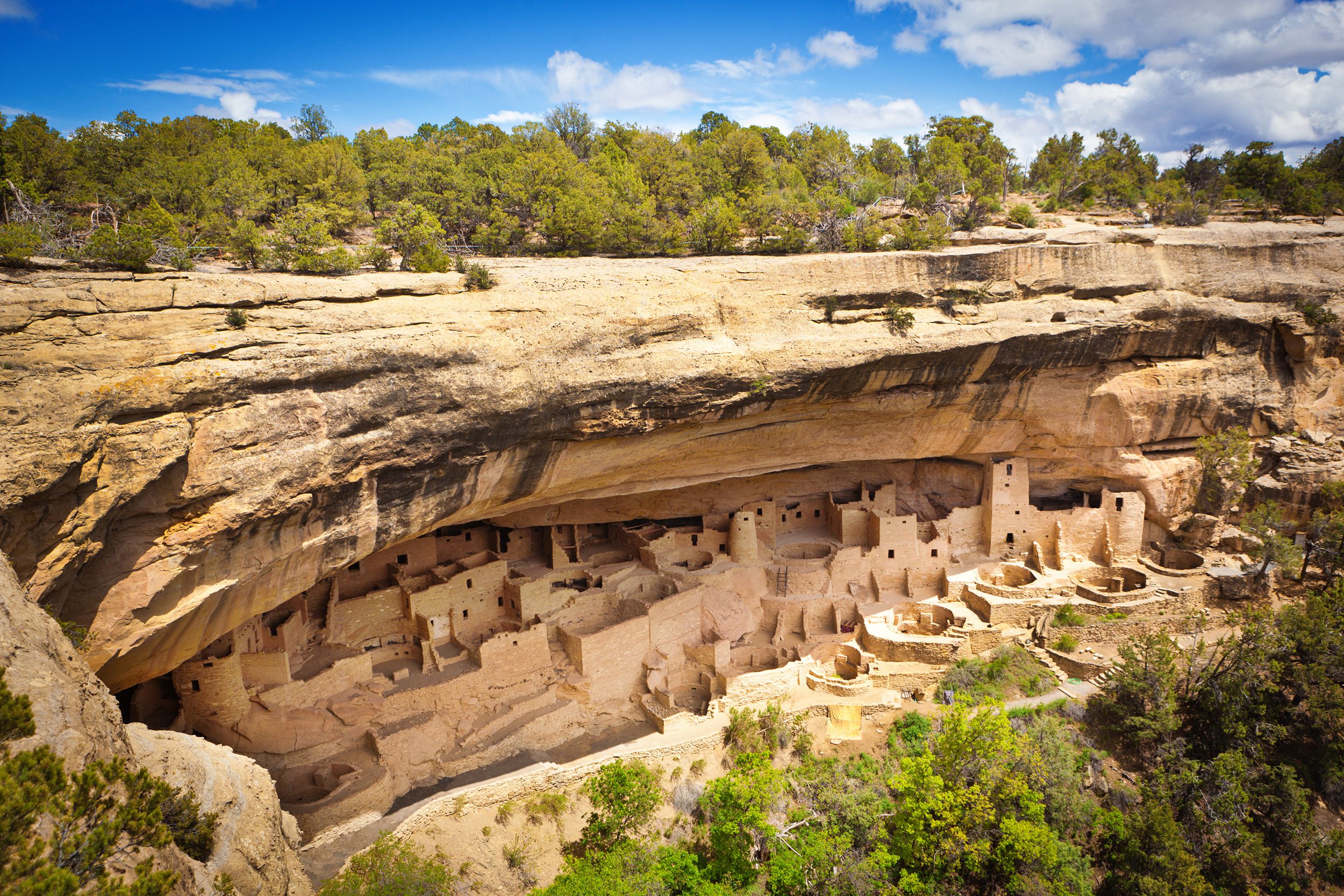
Mesa Verde National Park in southwest Colorado is one of the best-preserved native Ancestral Puebloan sites in the U.S. First inhabited around 7500 B.C. and featuring more than 5,000 individual sites including 600 cliff dwellings, Mesa Verde is most famous for its stunning Cliff Palace — the largest cliff dwelling in North America. Additional sites include Balcony House and Long House.
Related: Stunning Photos of Mesa Verde and Every National Park in America
Lapakahi State Historical Park | Hawaii
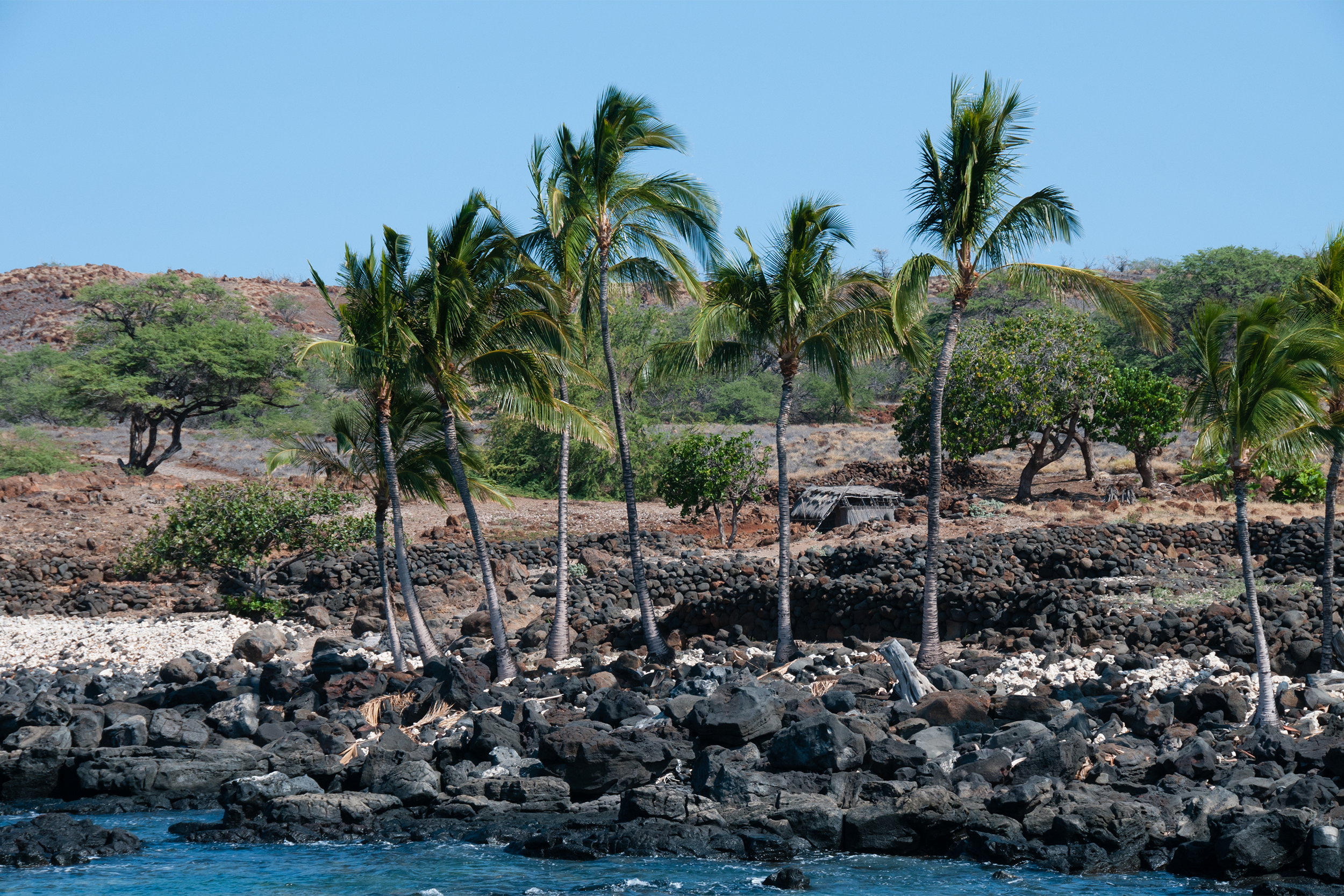
If you’re looking for ancient ruins in America, there are worse places to be than remote beaches calmly lapping against the shore on the northern edge of Hawaii’s Big Island. This 262-acre coastal park features a smattering of thatched huts and other ruins of an ancient Hawaiian fishing village, some of which have been partially restored. The village dates back more than 600 years.
Related: The Best of Hawaii on a Budget
Trending on Cheapism
Taos Pueblo | New Mexico
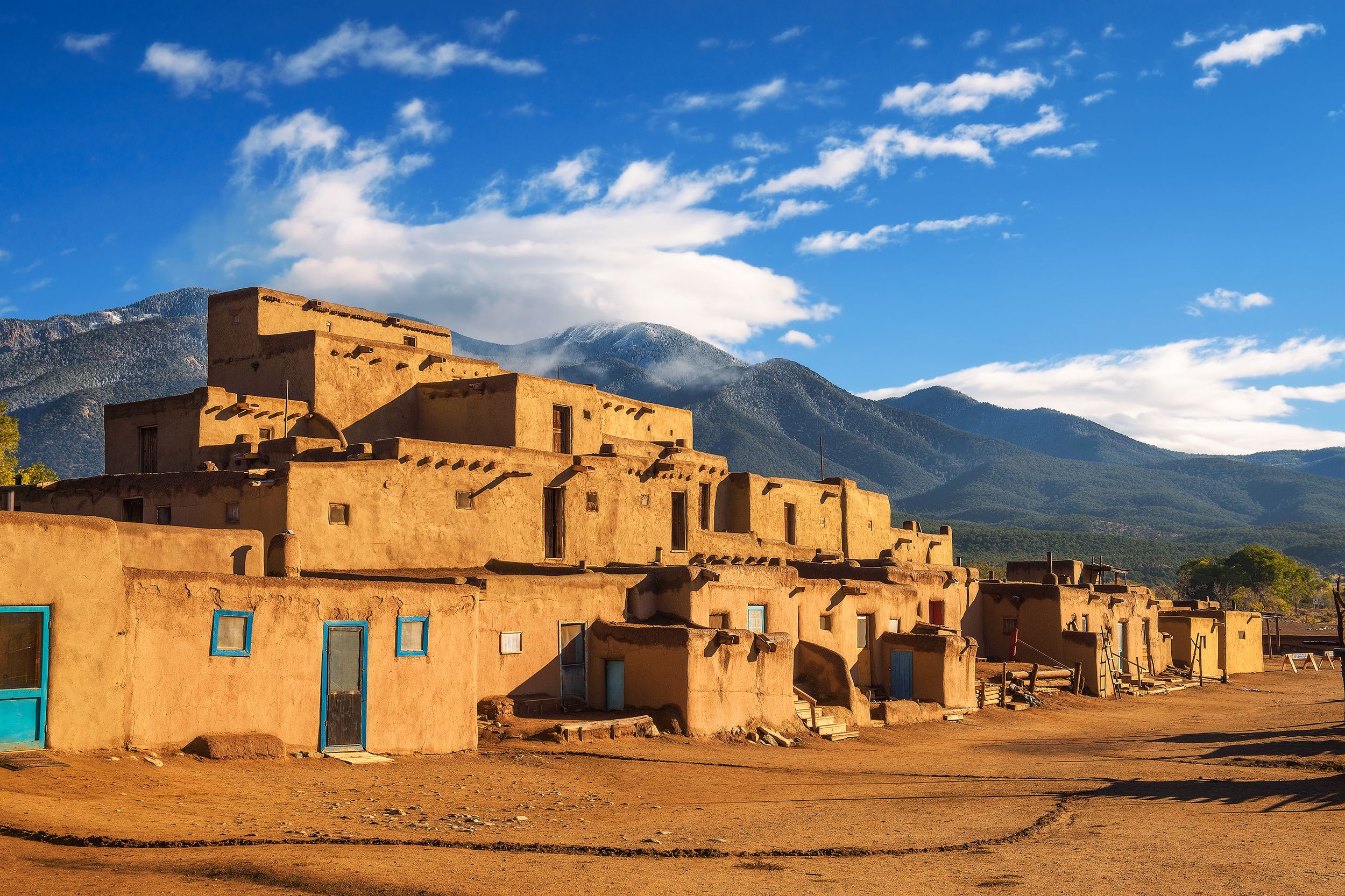
The stunning vista of an ancient adobe structure set against the towering backdrop of the Taos Mountains makes this sight a more-than-worthy excursion for anyone in the area around Taos. Located just 1 mile north of Taos, the UNESCO World Heritage Site is believed to be one of the oldest continuously inhabited communities in the United States and dates back 1,000 years.
Bandelier National Monument | New Mexico
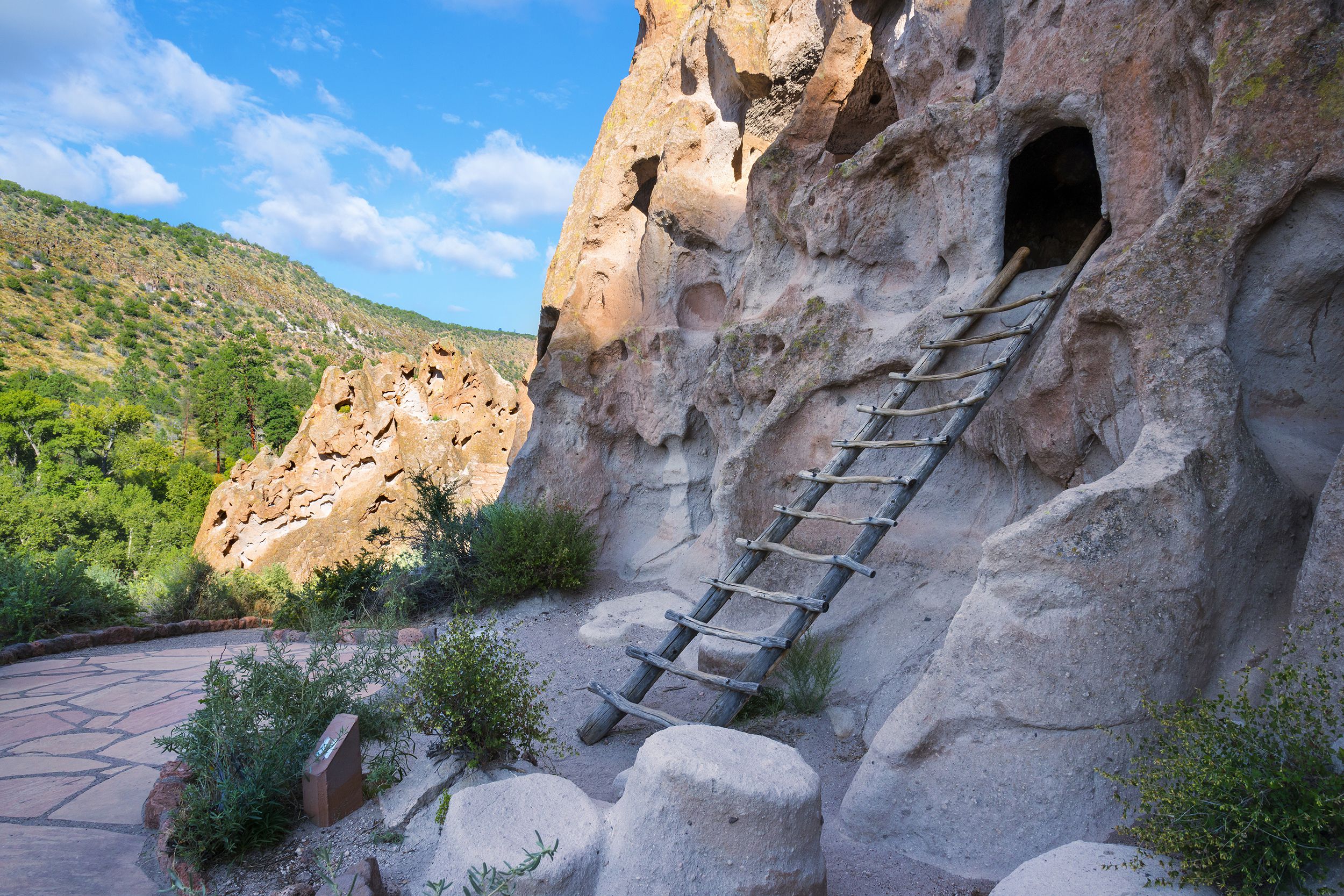
This remote site located in the Jemez Mountains near Los Alamos, houses an array of ancient Pueblo structures and artifacts including dwellings, ceremonial structures, and rock paintings that suggest a human presence dating back 11,000 years. Be sure to check out the Alcove House, and for more information on the site and its people, visit the Bandelier Museum inside the visitor’s center.
Chaco Culture National Historical Park | New Mexico
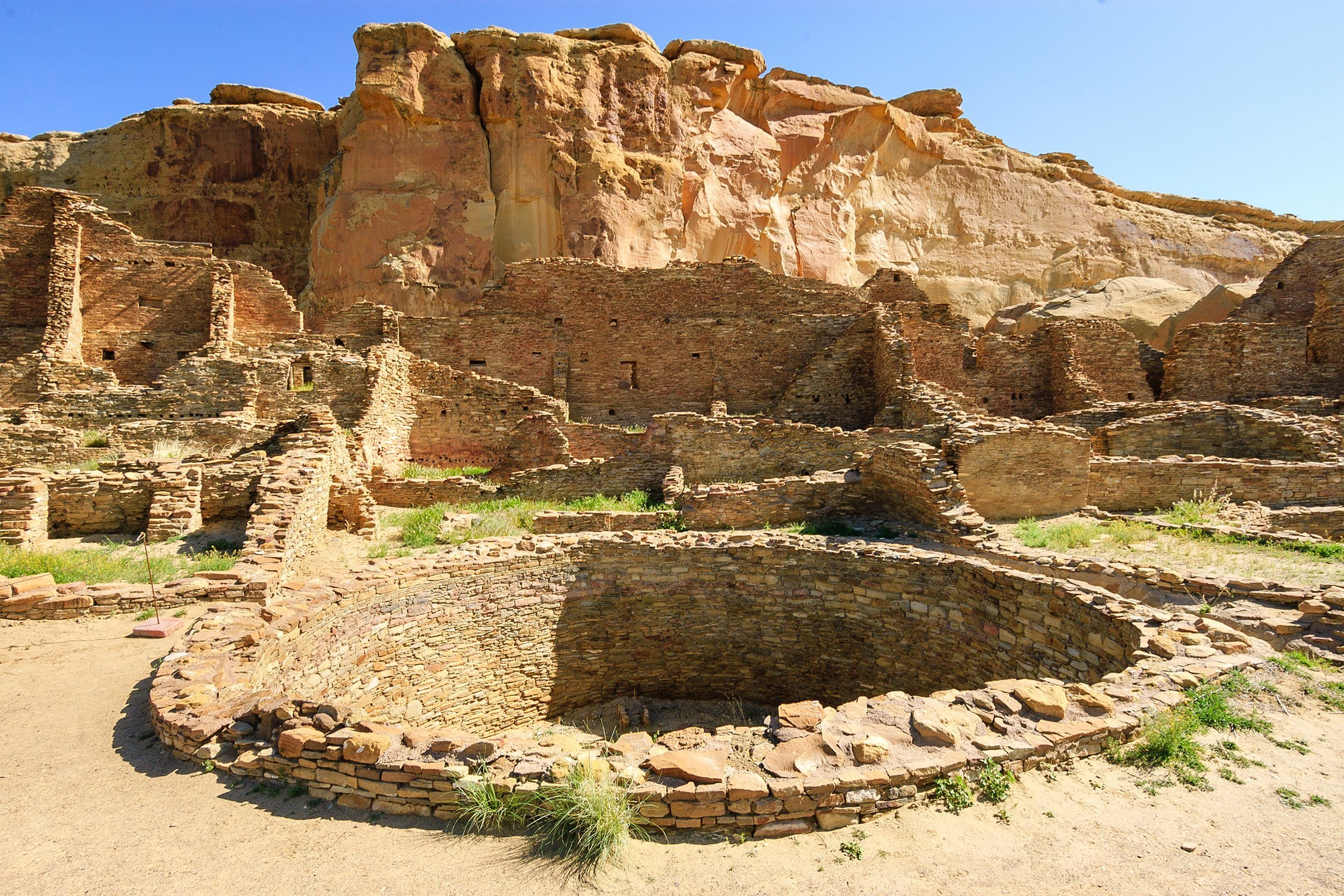
Built into a remote canyon in northeastern New Mexico, Chaco Canyon may be less famous than Mesa Verde but remains one of the most important Ancestral Puebloan sites in America. Featuring one of the best collections of ancient ruins north of Mexico, the UNESCO World Heritage Site was a major center of culture from 850 A.D. to 1250 A.D. and today houses a number of complexes such as Pueblo Bonito, Casa Chiquita, and Pueblo Pintado.
Sign up for our newsletter
River House Ruins | Utah
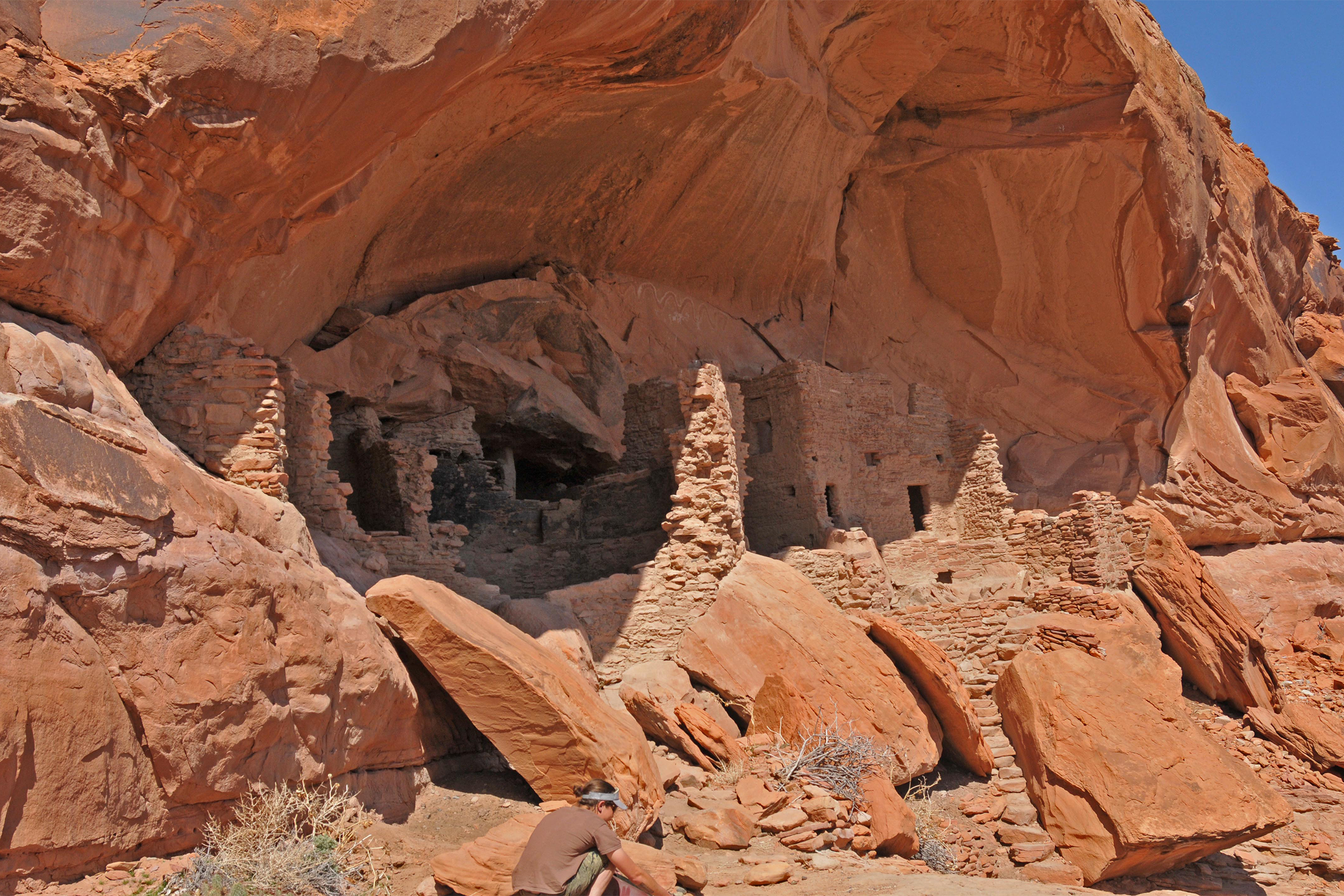
Hidden inside the caves of alcoves of a remote stretch of Bears Ears National Monument in southeastern Utah, River House Ruins is an ancient Pueblo dwelling carved into the rugged red rock landscape. This little-known site includes ancient petroglyphs and pictographs and is believed to have been occupied from around the year 900 to the late 1200s.
Bighorn Medicine Wheel | Wyoming
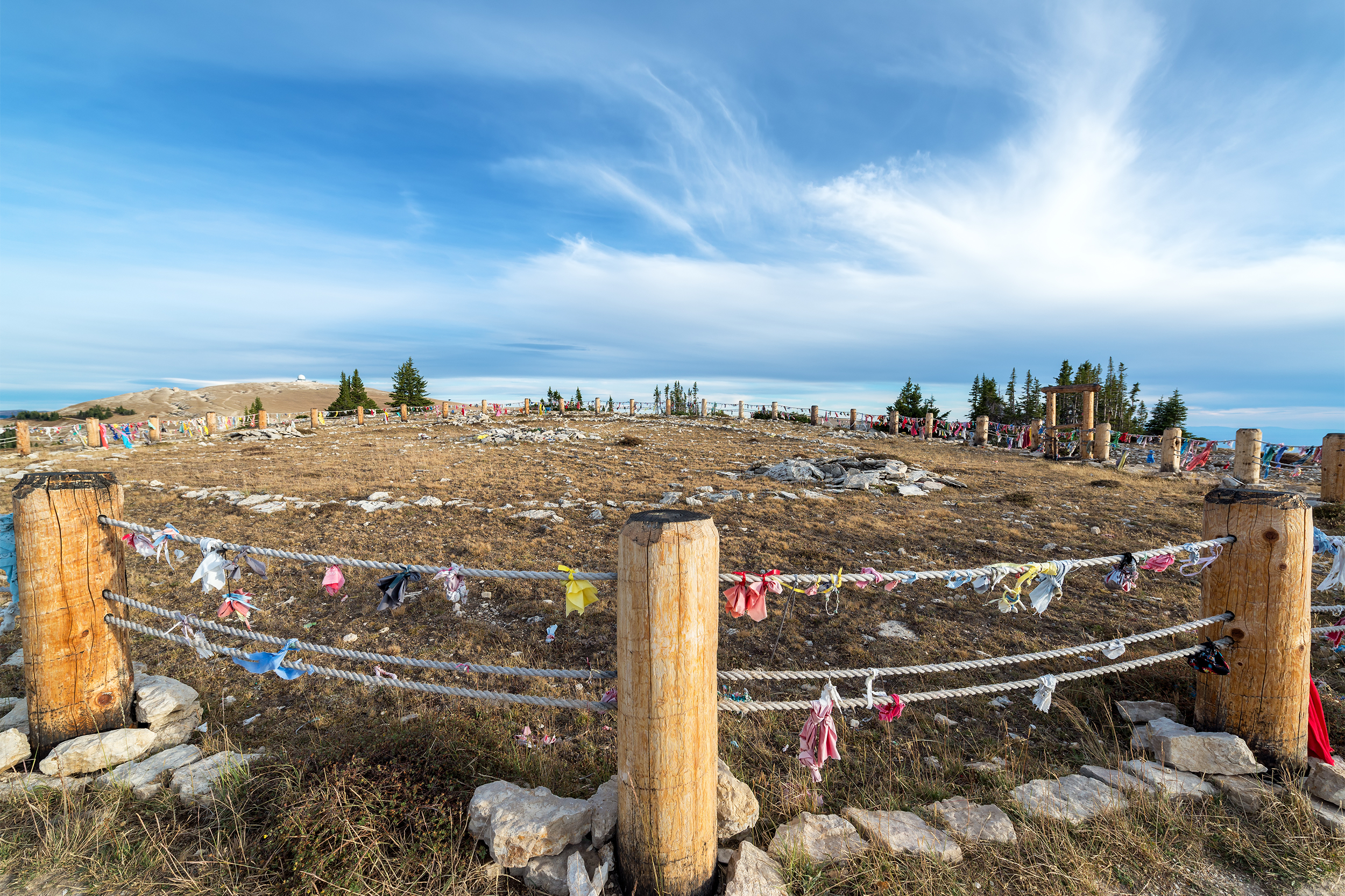
This strange site in a remote section of northern Wyoming near the Montana border is certainly not something you see every day in modern America. Located near the summit of Medicine Mountain in Bighorn National Forest, the mysterious white limestone wheel is 80 feet in diameter featuring 28 spokes and seven stone circles and may date back from 300 to 800 years.
L’Anse aux Meadows | Canada
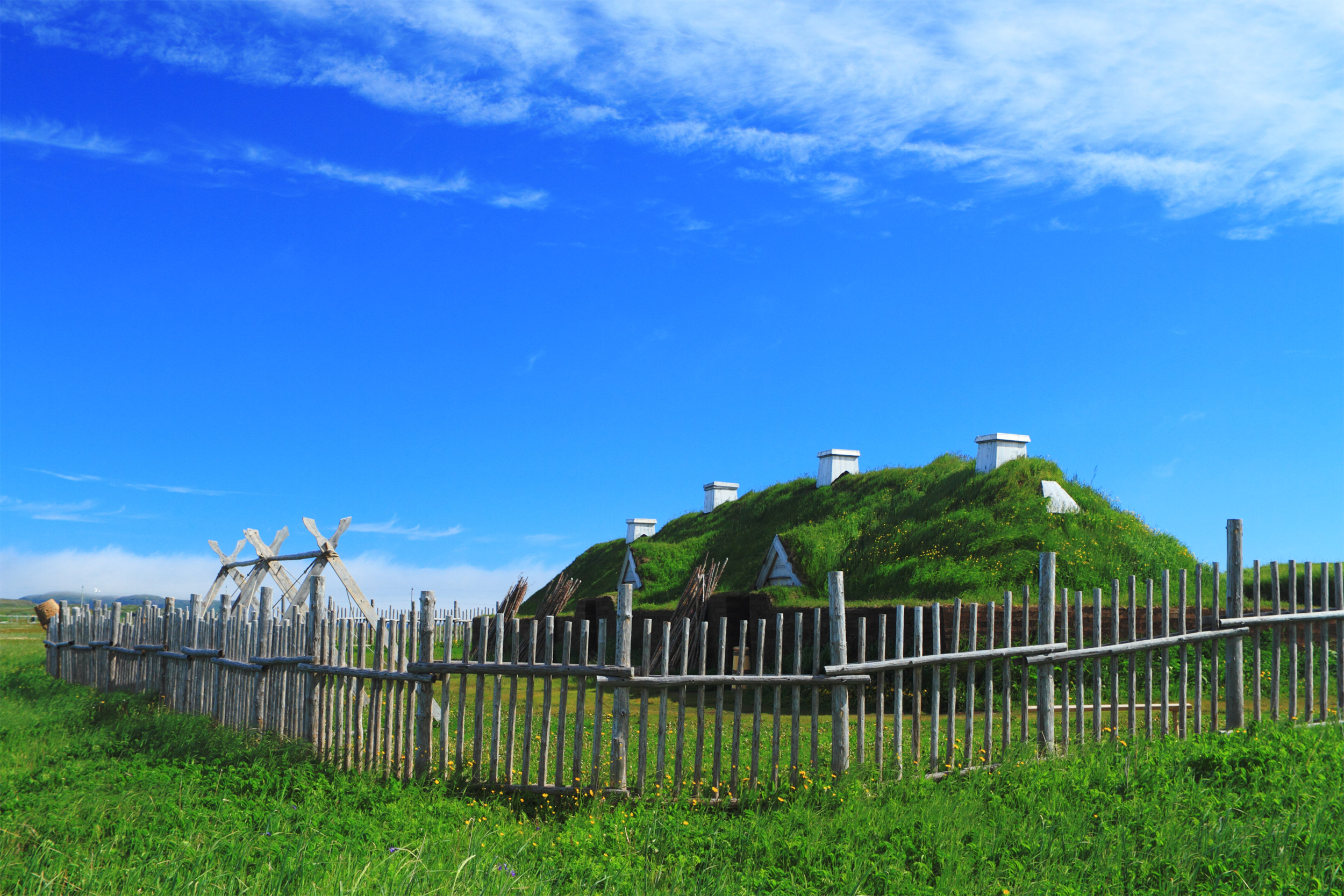
Tulum | Mexico
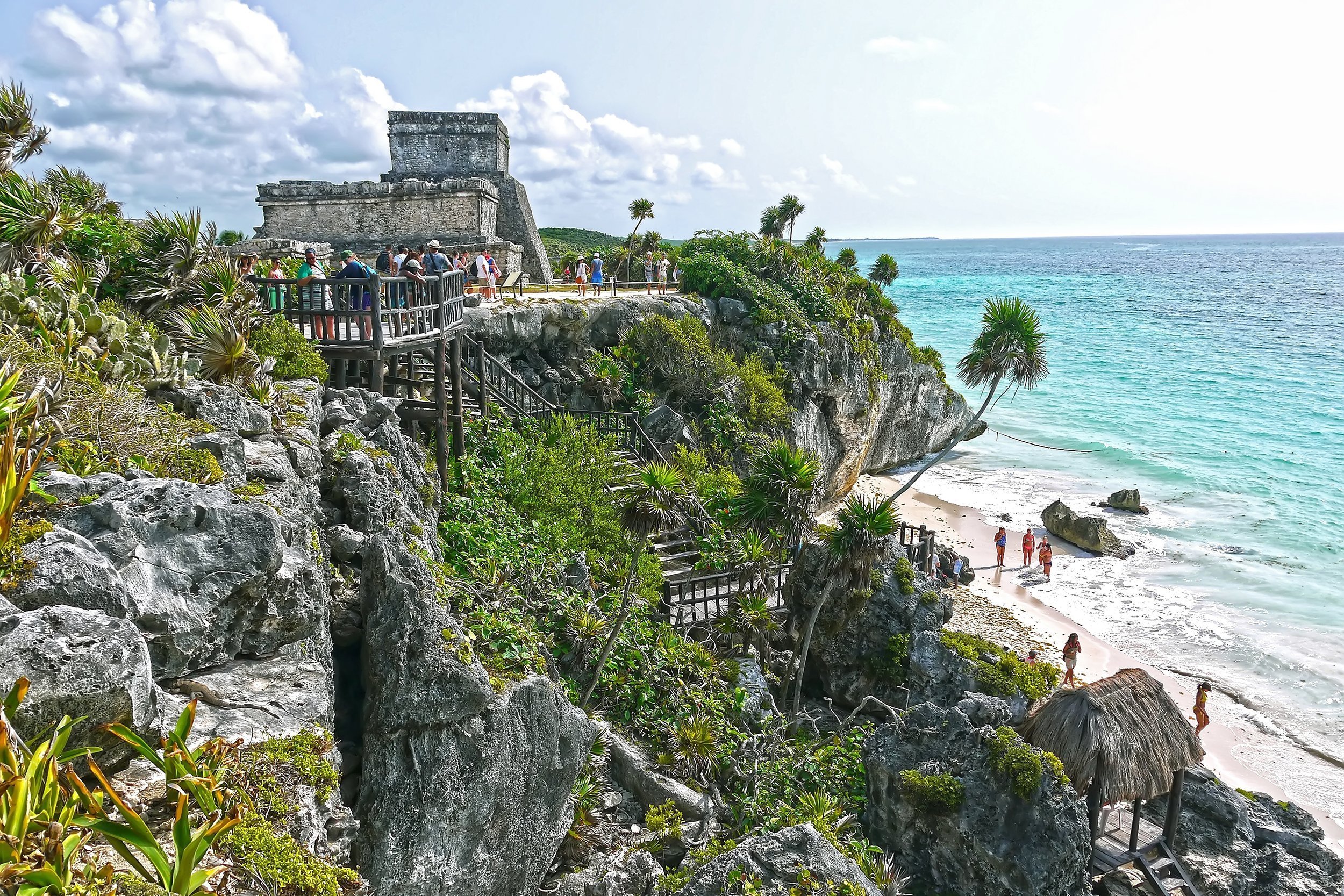
Chichen Itza | Mexico
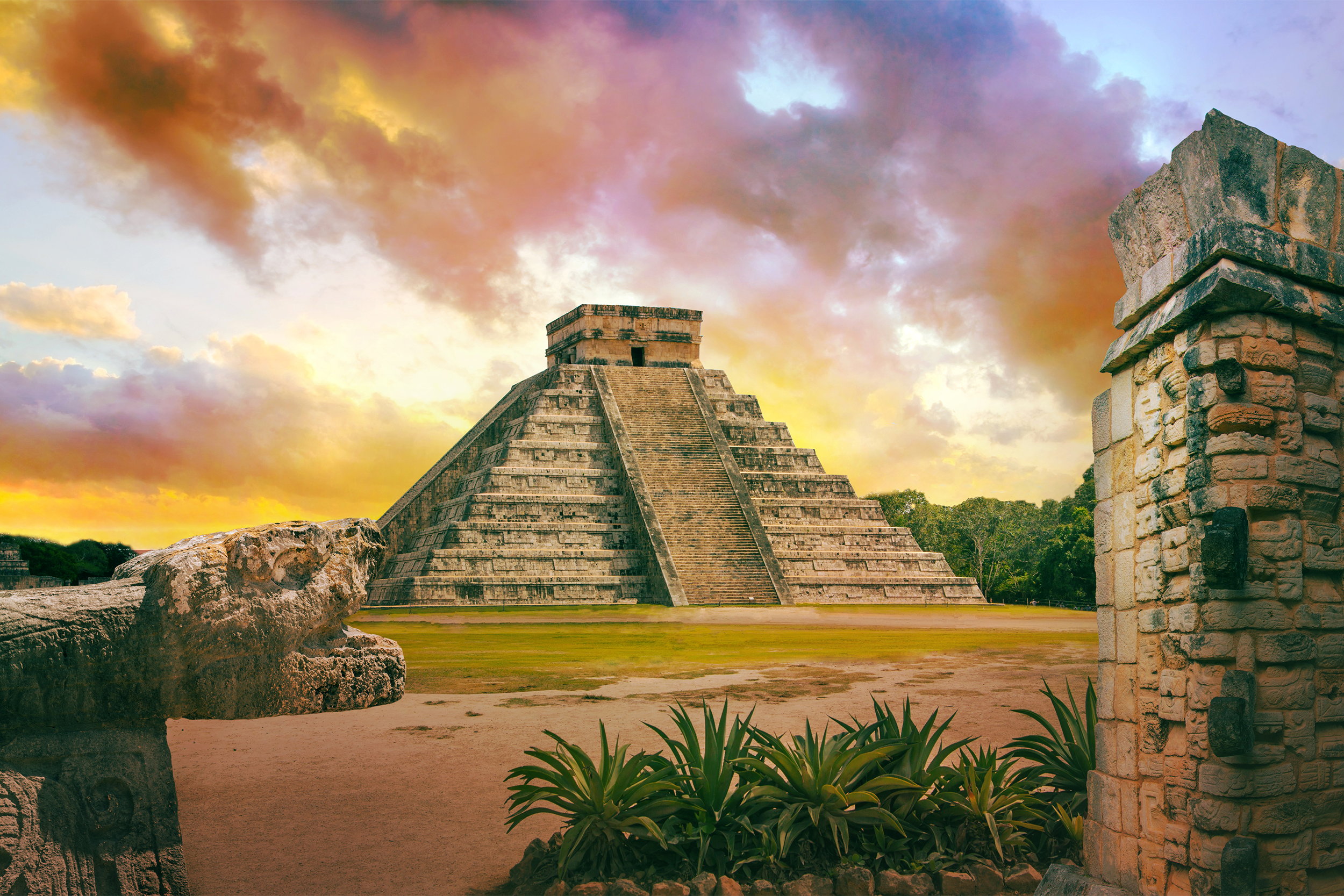
Yaxchilan | Mexico
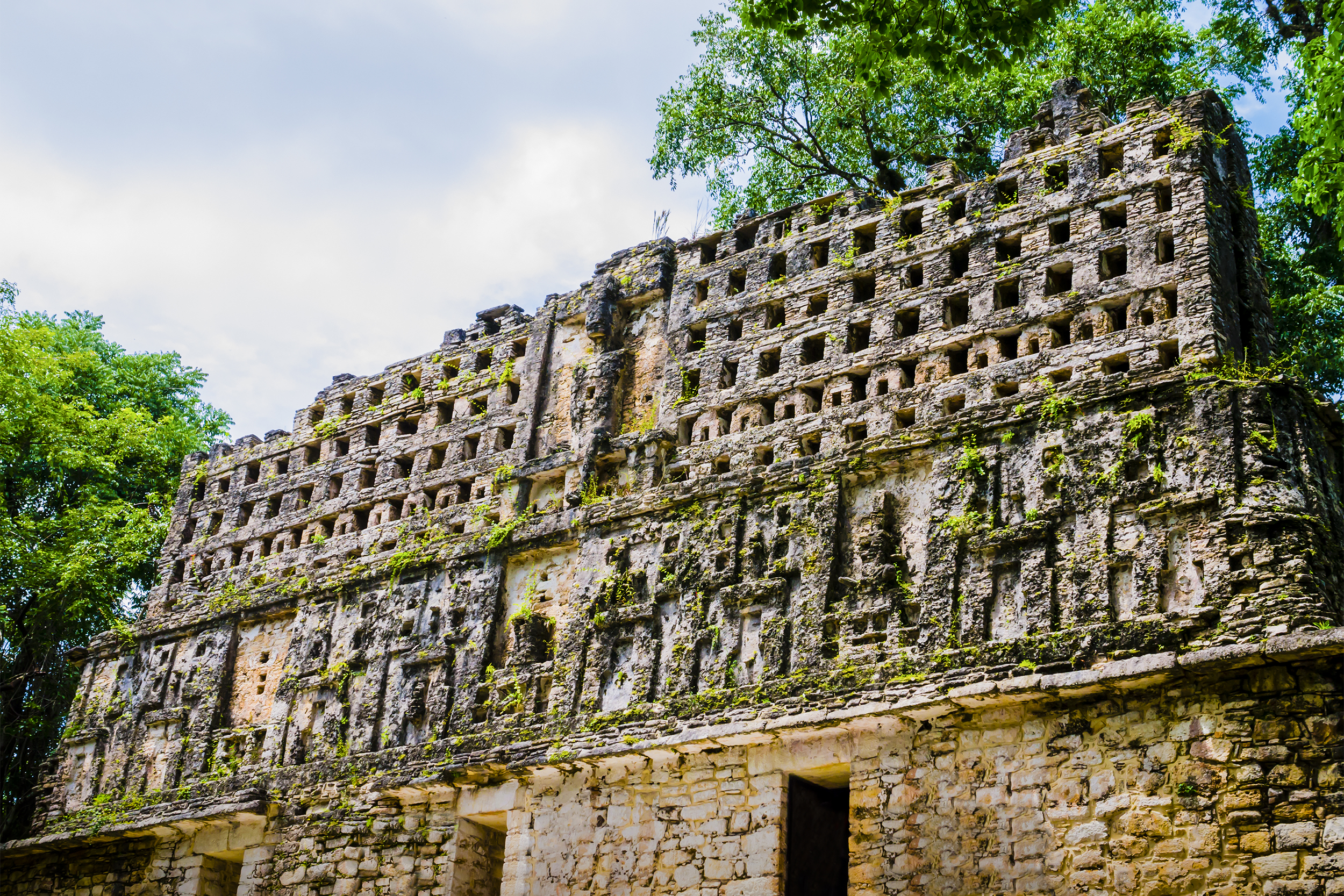
Edzna | Mexico
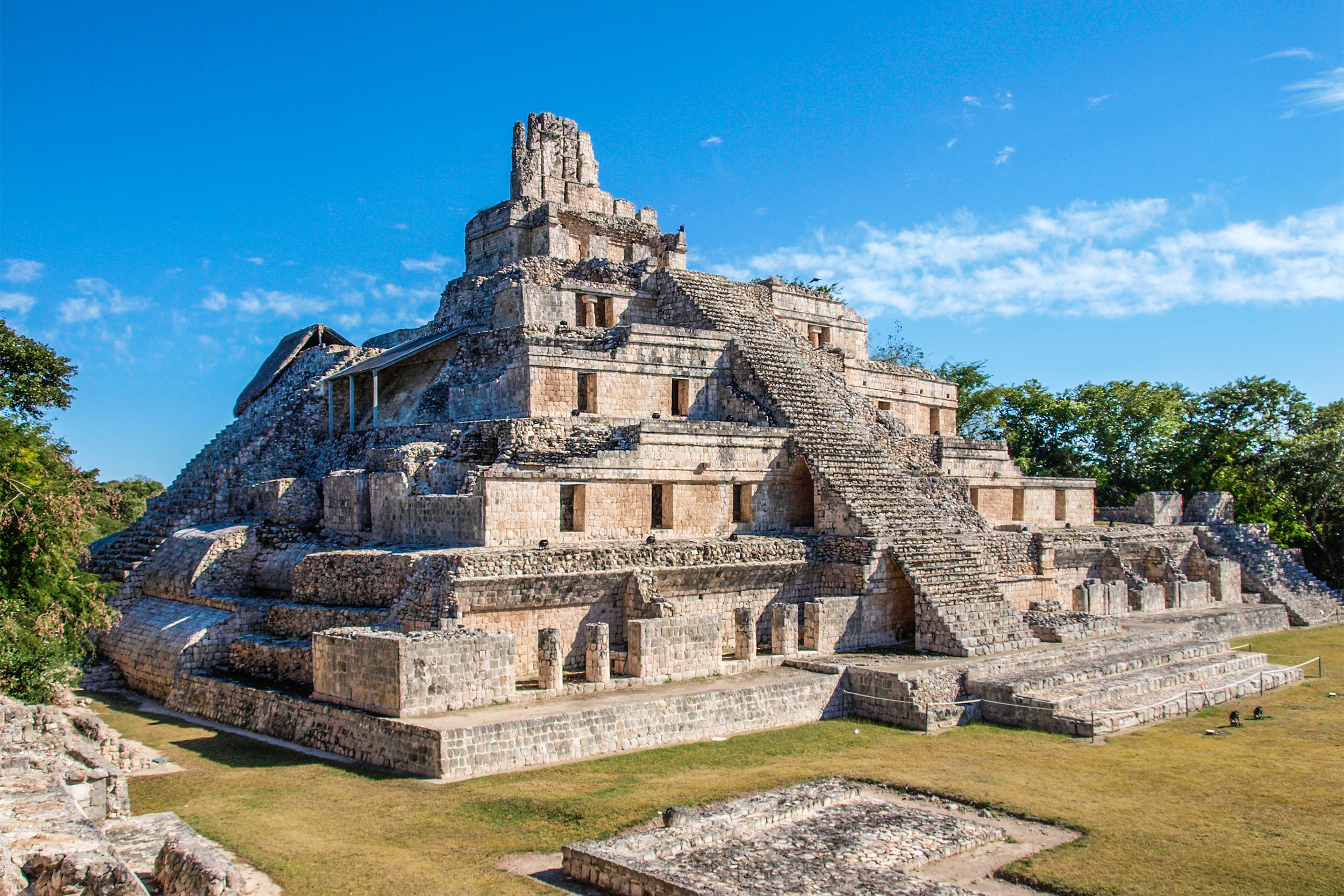
This laid-back, lesser-visited Mayan city is located about an hour from the gorgeous colonial city of Campeche in Mexico’s Yucatan Peninsula. Edzna was at the height of its power in the time around 400-1000 A.D. and is believed to have been home to around 25,000 people. Today you can take a relaxing stroll around the grounds, which include a ball court and the main temple as the focal point.
Related: 14 Under-the-Radar Destinations in Latin America
Palenque | Mexico
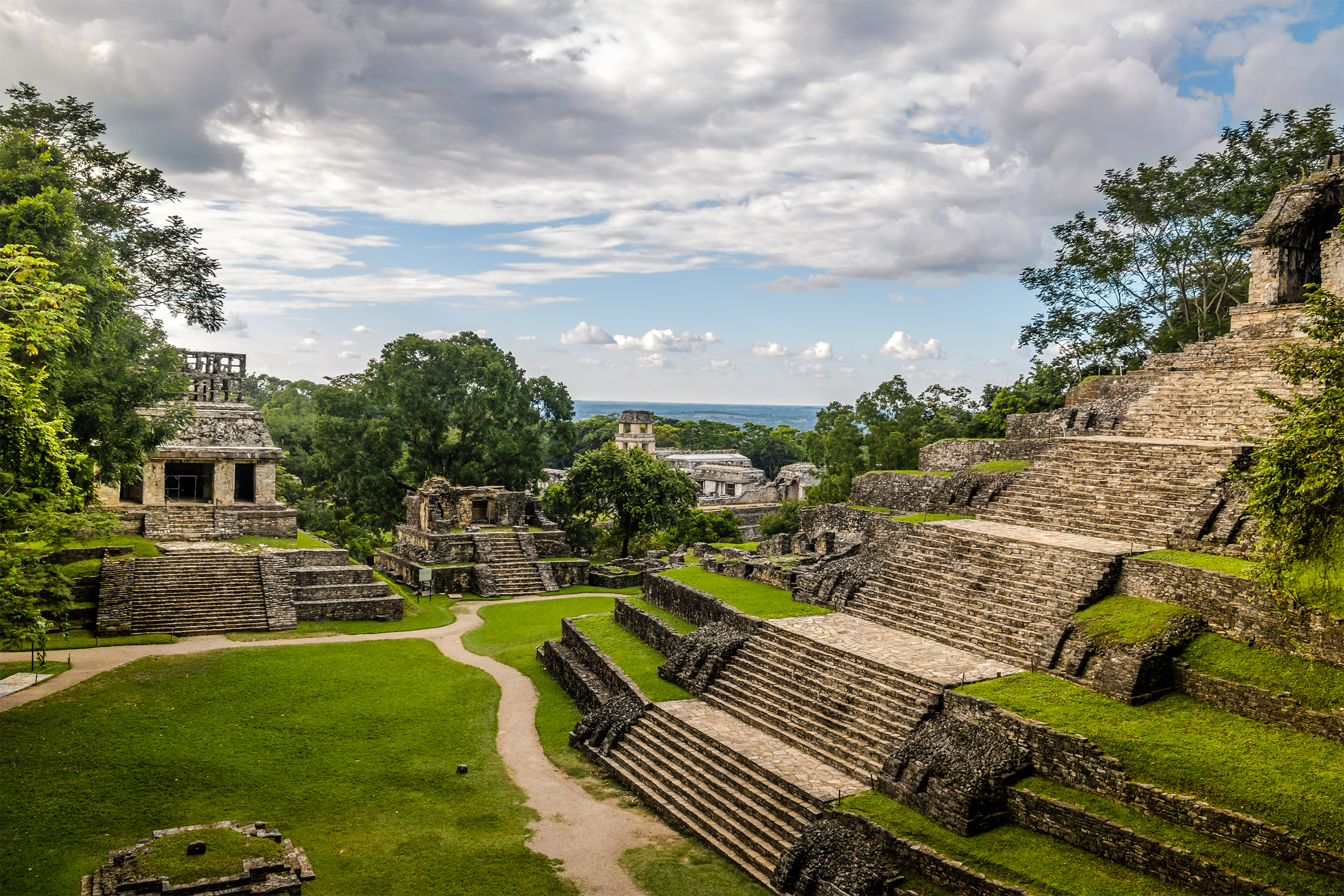
Monte Alban | Mexico
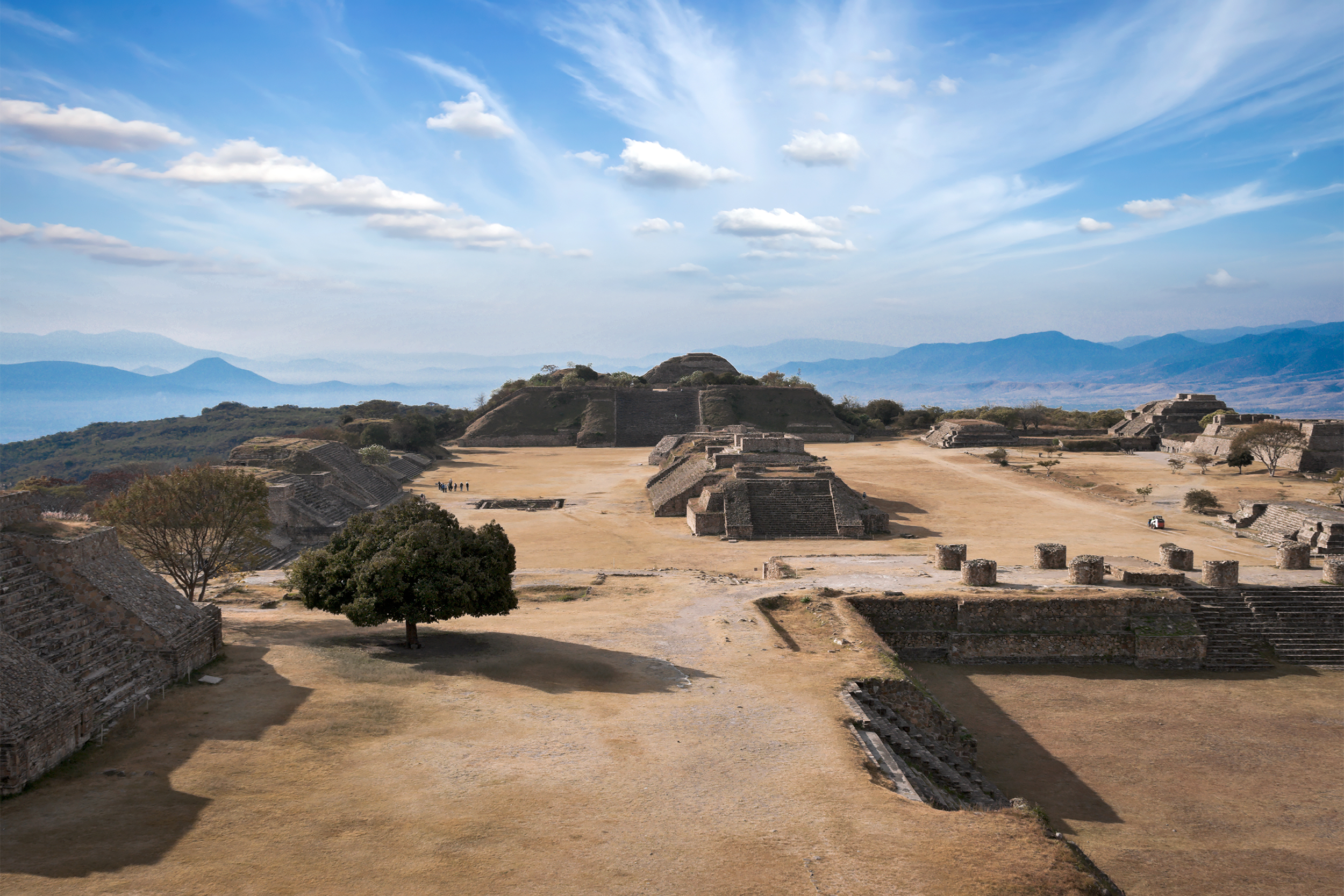
As the center of the Zapotec civilization for nearly 1,000 years, the large city of Monte Alban is set on a picturesque plateau overlooking the mountains just 6 miles from the major Mexican city of Oaxaca. The UNESCO World Heritage Site is one of the oldest cities of Mesoamerica, whose Main Plaza features a variety of well preserved carved stone monuments. The city is believed to have begun around 500 B.C.
Related: 15 Memorable Things to Do in Oaxaca, Mexico’s Culinary Capital
Teotihuacan | Mexico
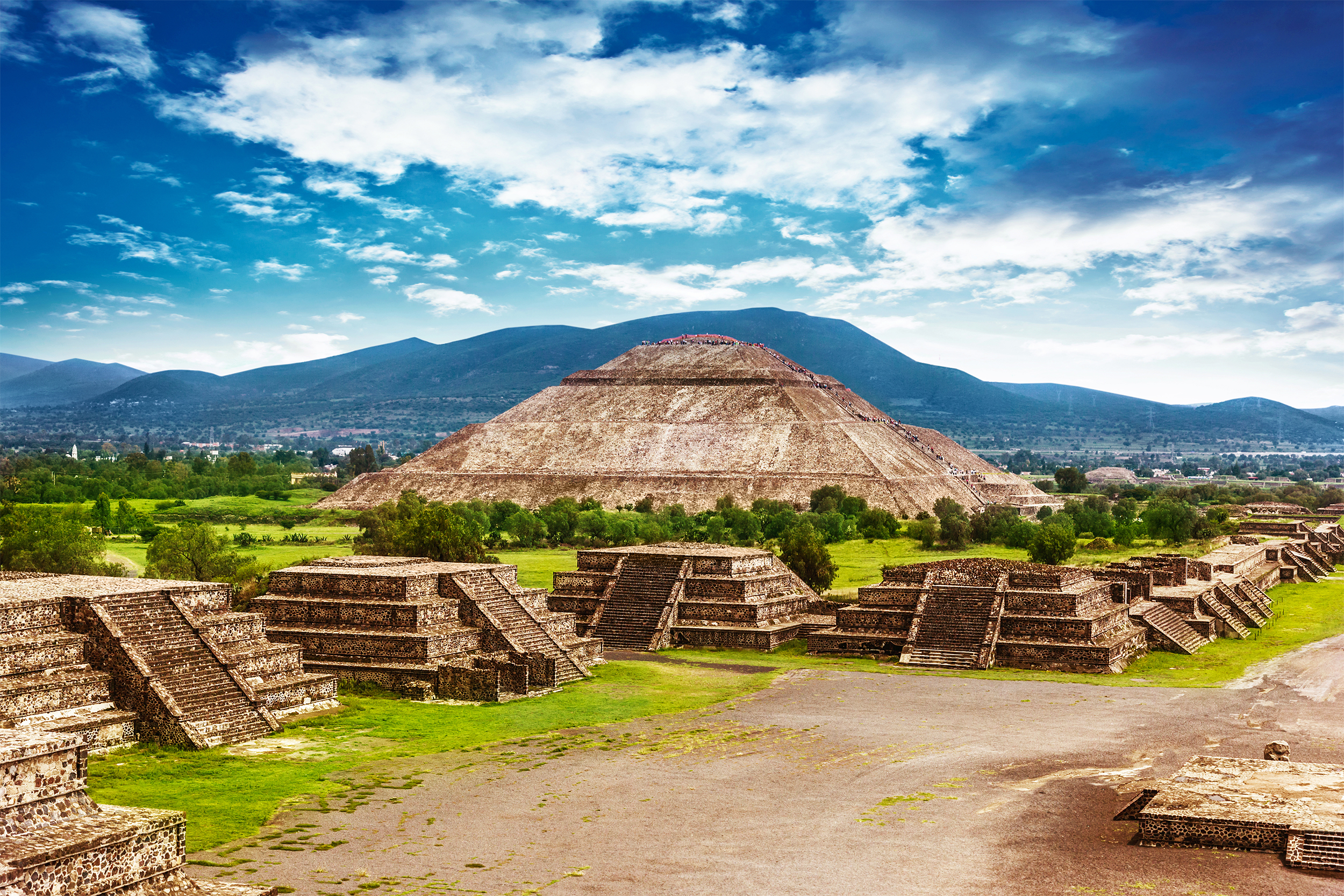
El Rey | Mexico
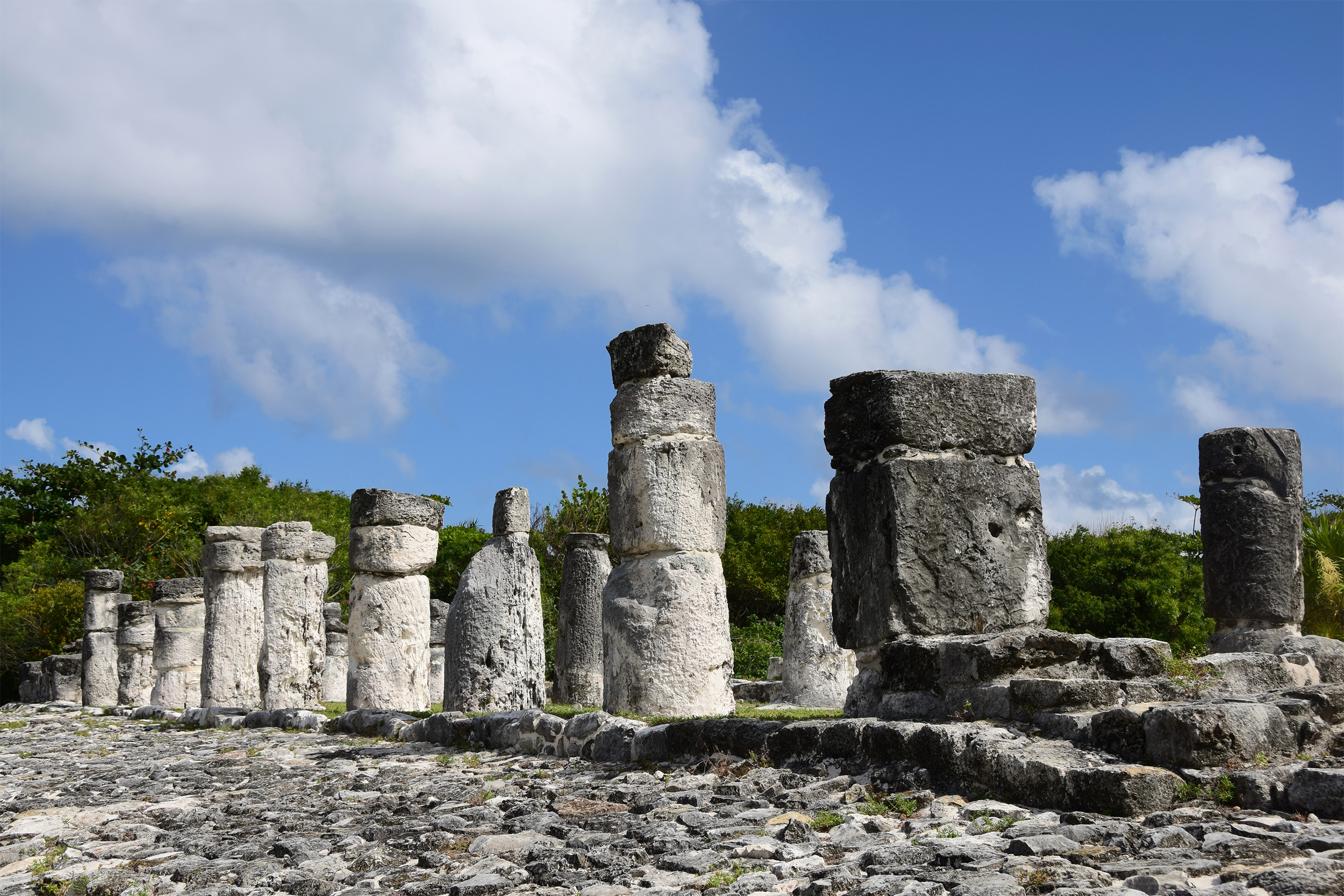
While many ancient ruins are located in out-of-the-way jungles and other remote areas, this Mayan site that dates back 1,000 years pops up right on the outskirts of Cancun in the tourist district’s hotel zone. Just off the Caribbean Sea, the ruins include 47 structures including murals and ancient burial sites that should provide a nice break from the hustle and bustle of Cancun.
Chacchoben | Mexico
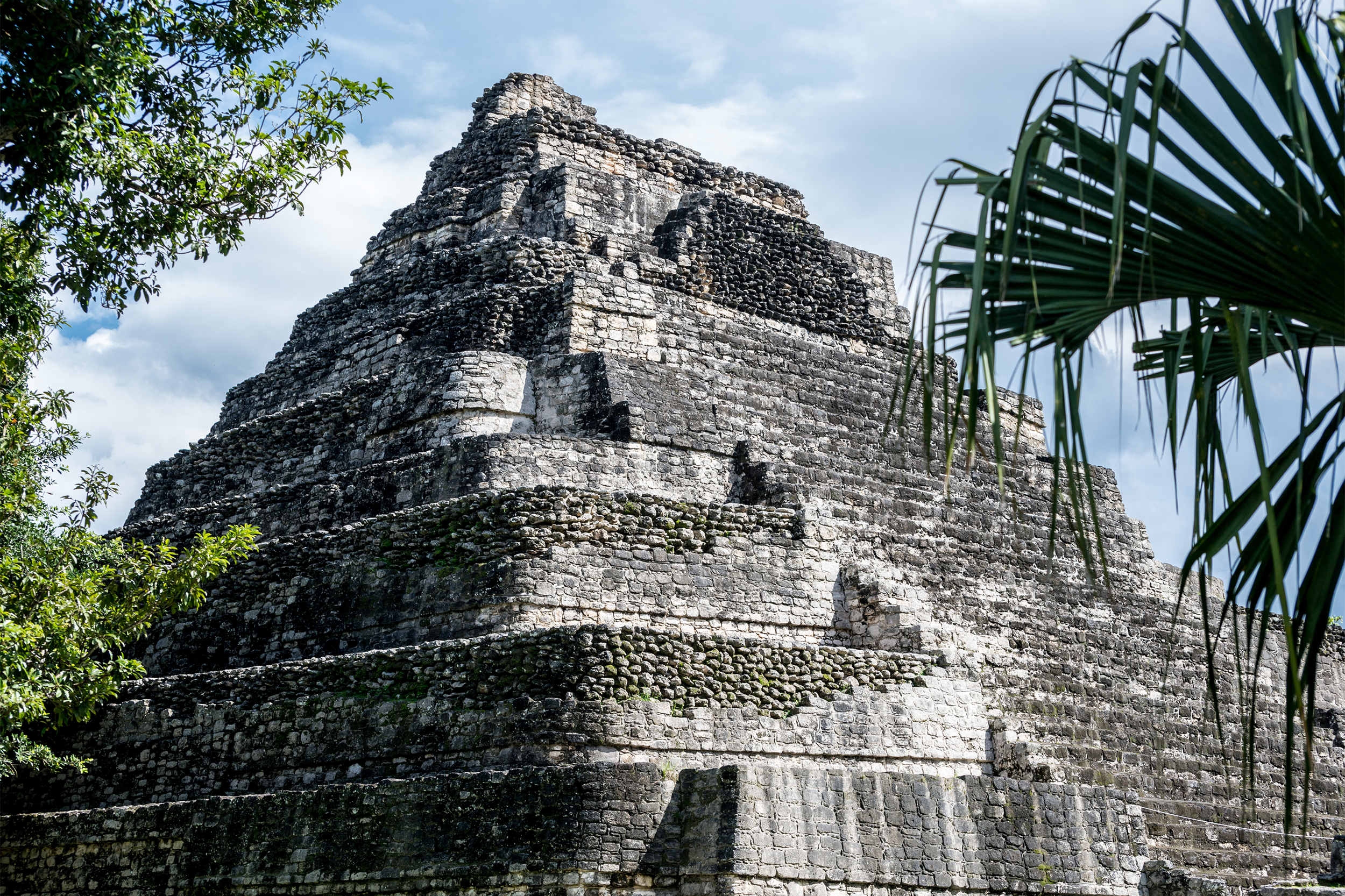
Calakmul | Mexico
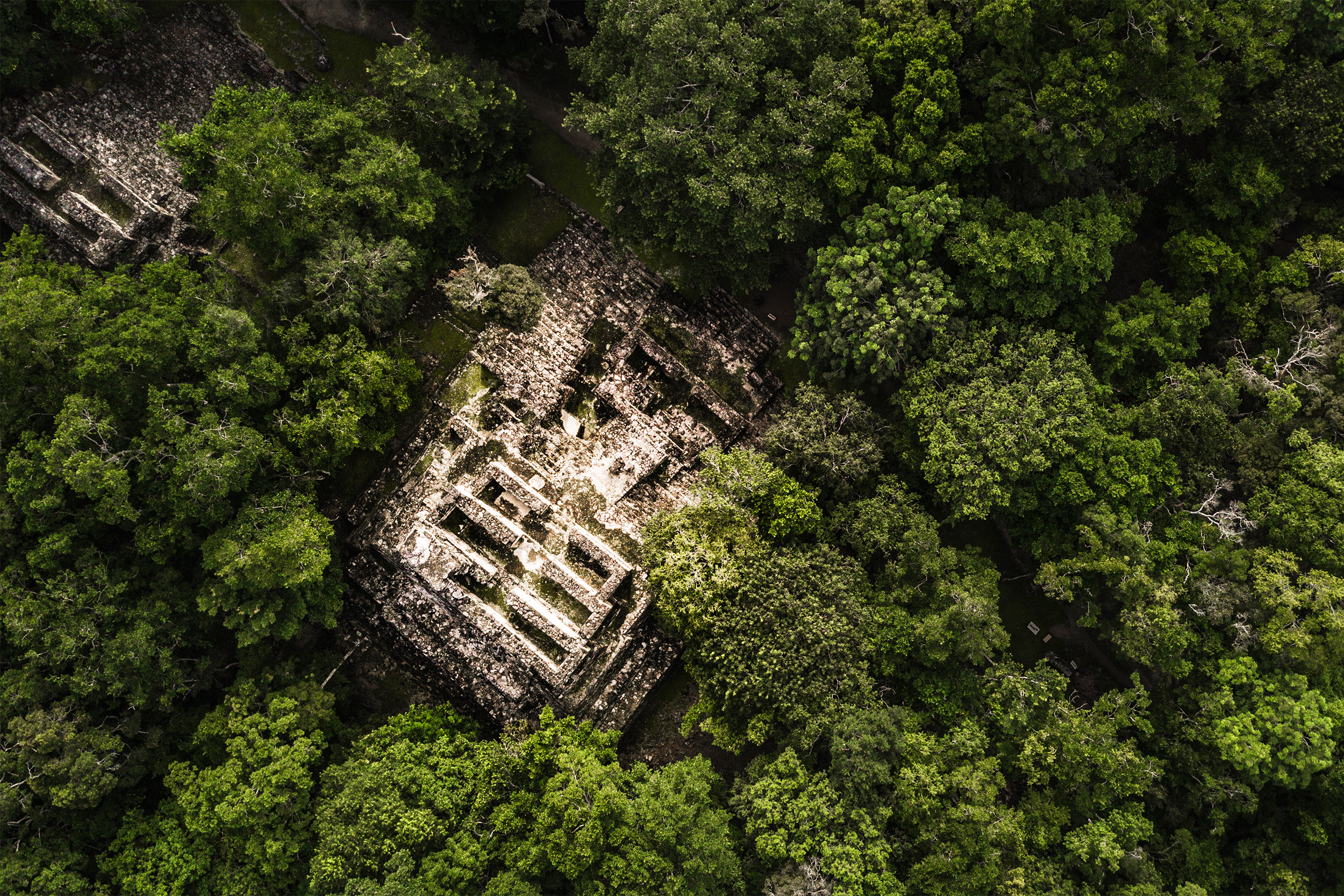
One of the richest archeological sites in the entire Mayan civilization, this expansive 8-square-mile site is located deep in the jungle of Mexico’s state of Campeche about 22 miles from the Guatemalan border. Its 6,750 structures include various monuments, tombs, and pyramids — including Structure 2, one of the largest pyramids in the entire Mayan world. The city dated back to the 6th century B.C.
Ek Balam | Mexico
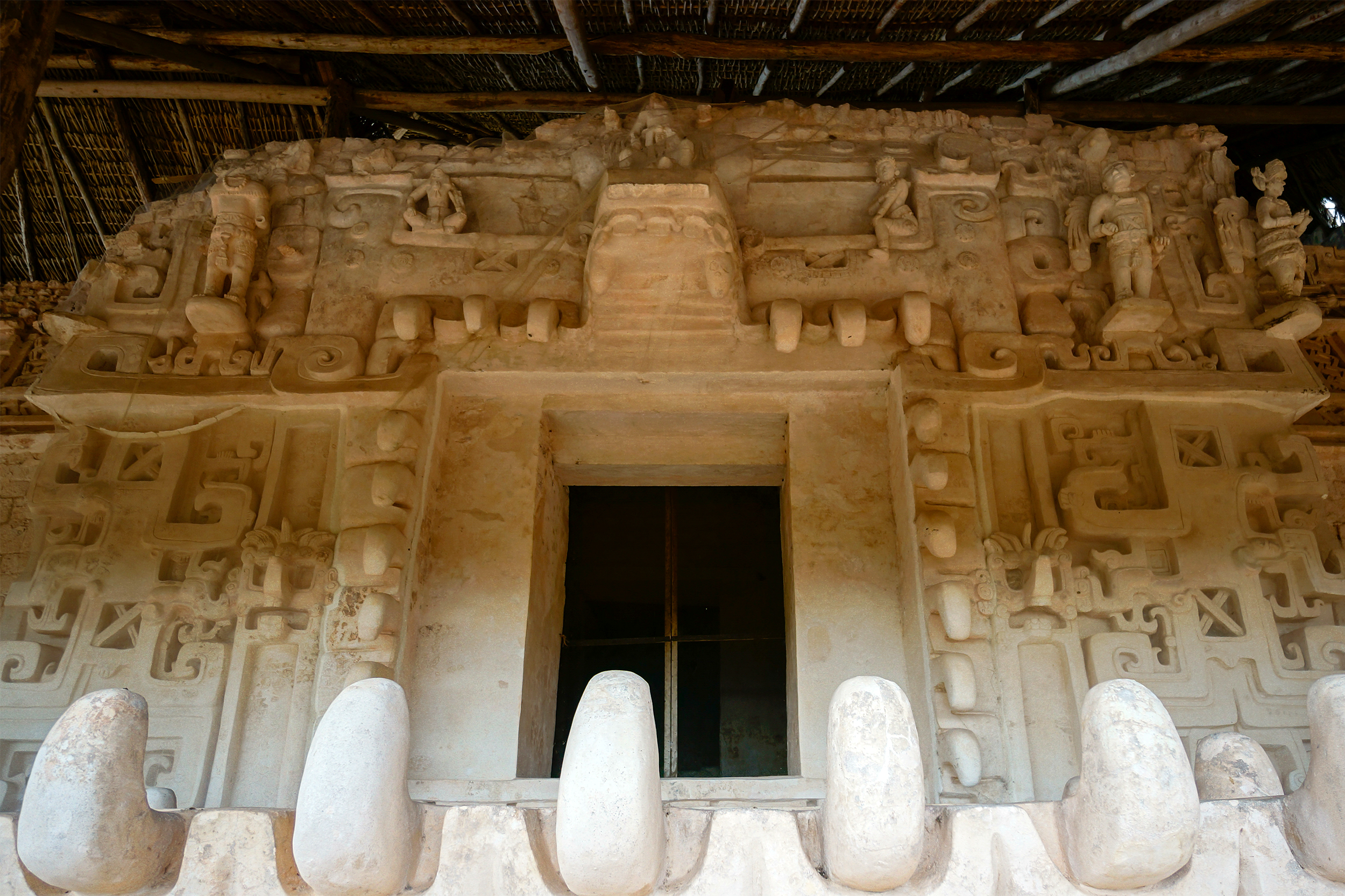
Uxmal | Mexico
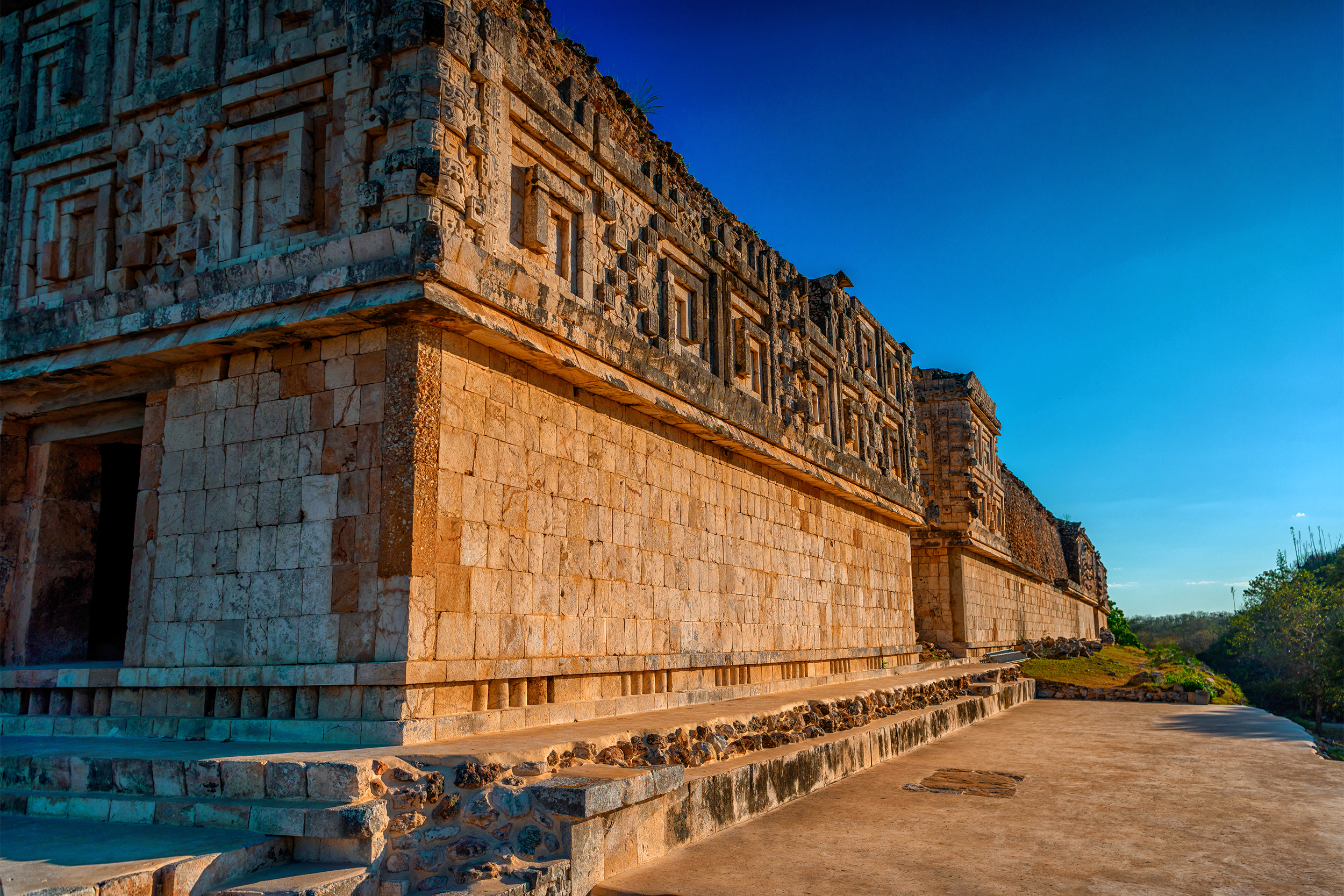
Dzibanche | Mexico
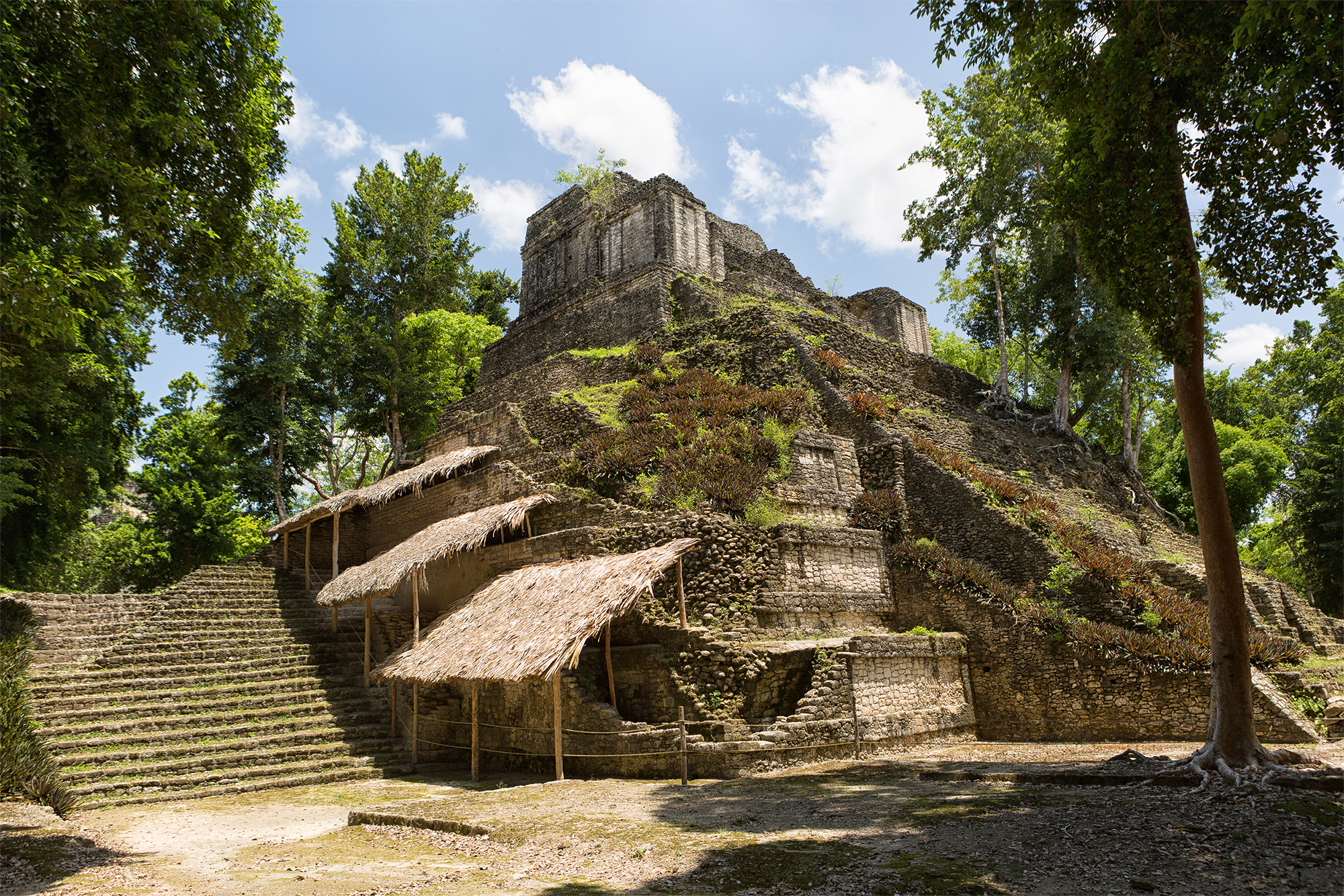
Xunantunich | Belize
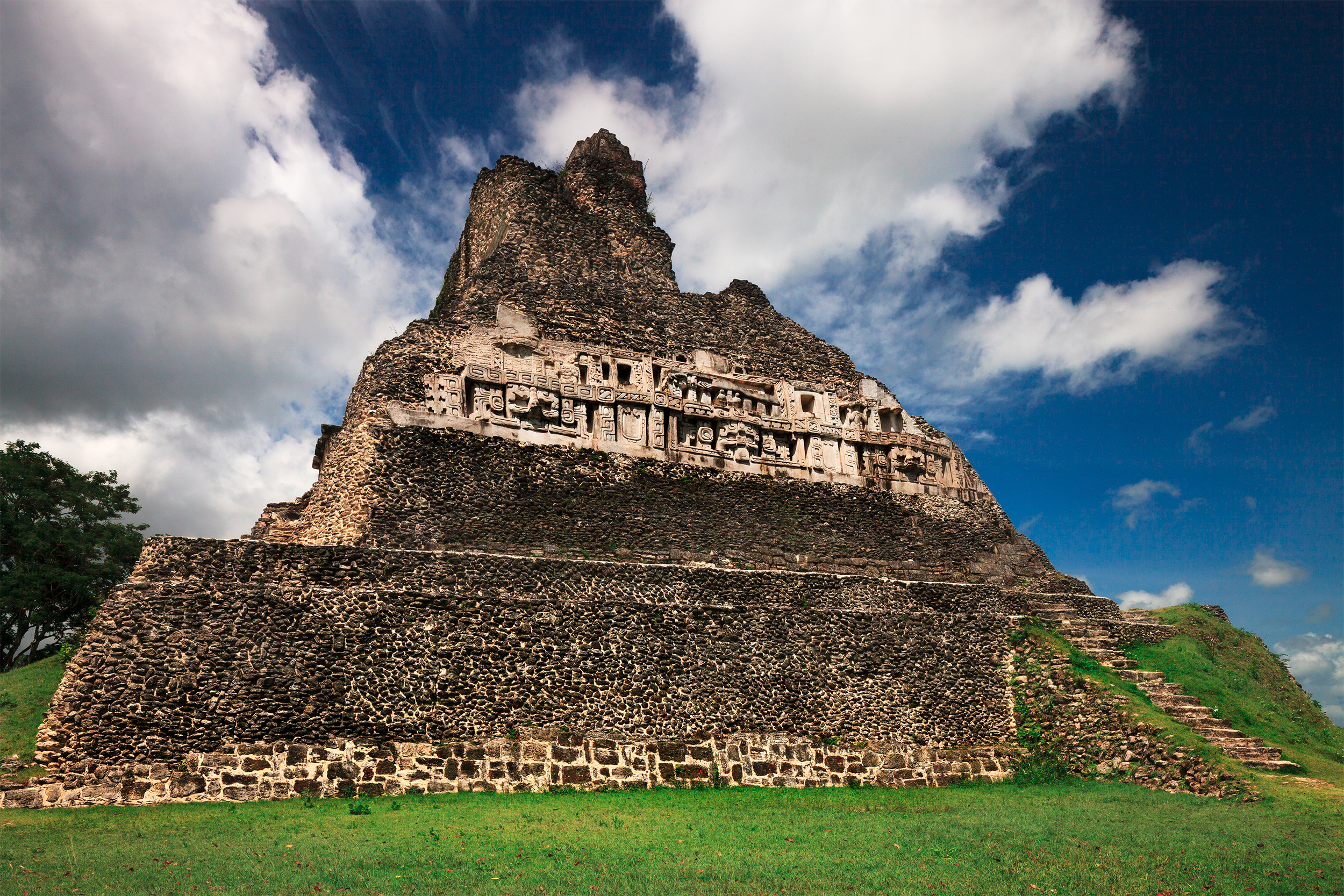
This ancient Mayan ceremonial site located in western Belize less than a mile from the Guatemalan border features 26 temples, palaces, and burial chambers spread out over roughly one square mile. The main attraction here is the 130-foot tall El Castillo, one of the tallest ancient structures in Belize. El Castillo dates back to about 800 A.D.
Caracol | Belize
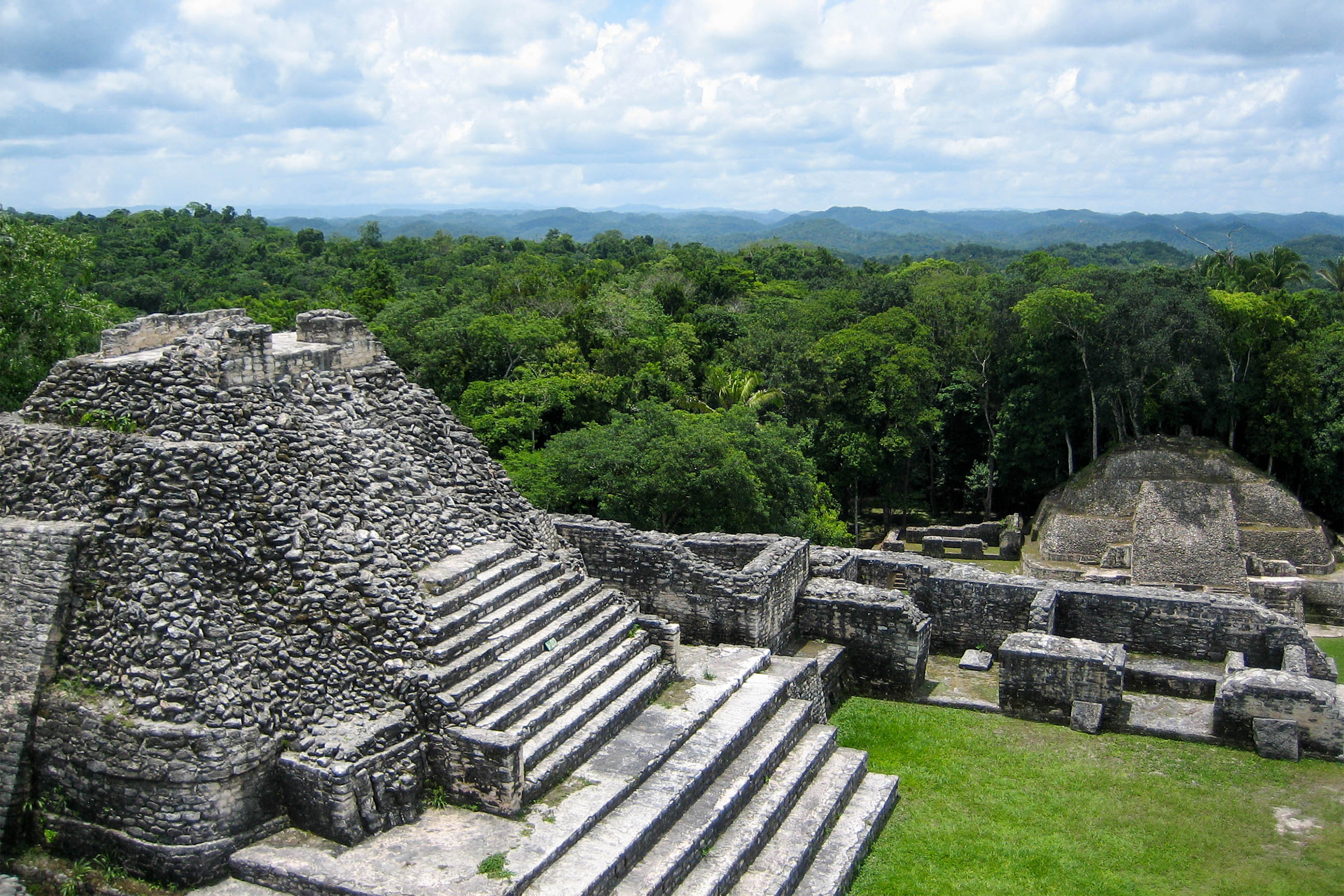
Lamanai | Belize
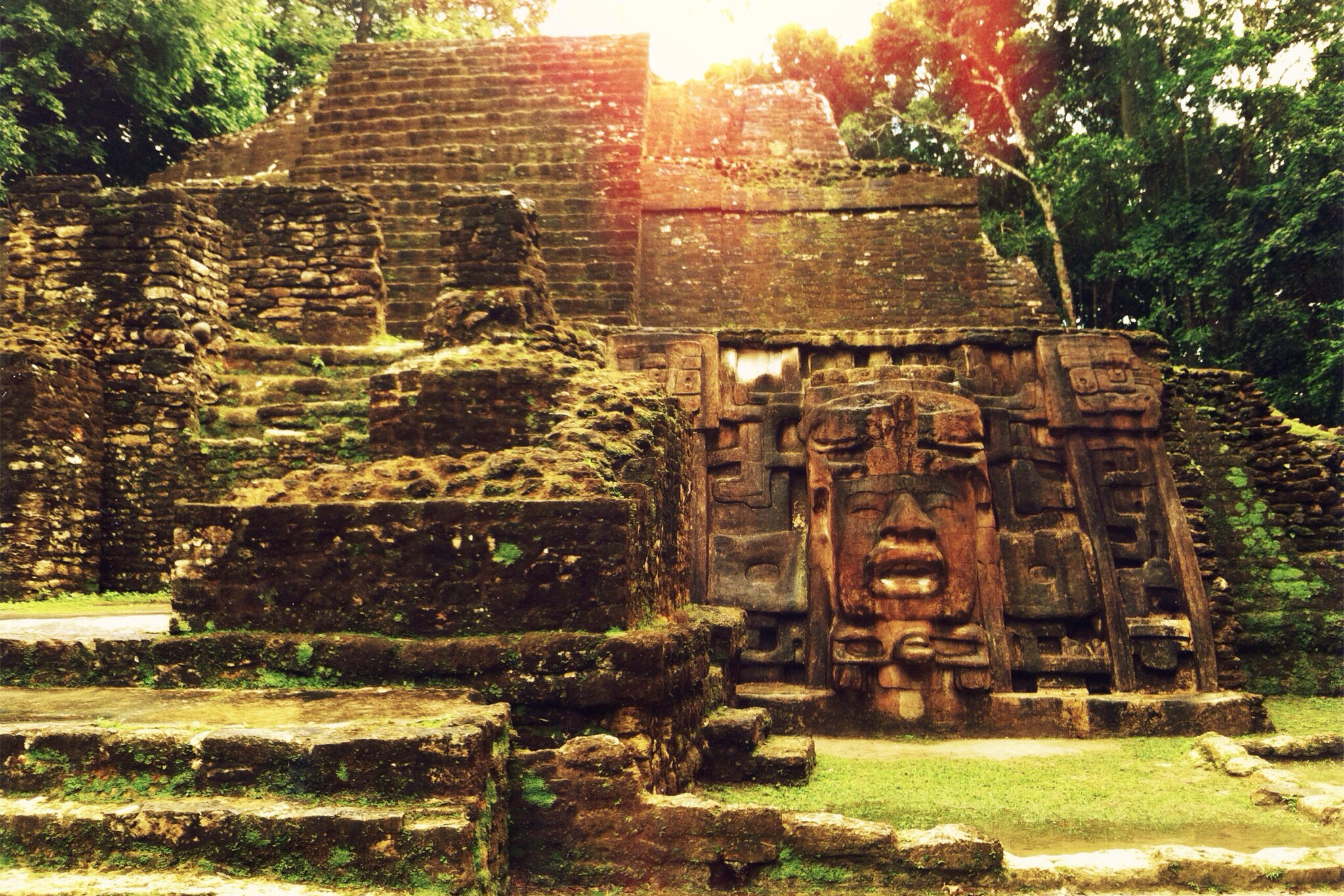
Few Mayan cities had the staying power of Lamanai, which was occupied as early as the 16th century B.C. and was not abandoned until the 10th century A.D. Located in northern Belize and meaning “submerged crocodile,” it was once a major Mayan city and is today known for its copper artifacts as well as structures such as the Mask Temple and the Jaguar Temple.
Tazumal | El Salvador
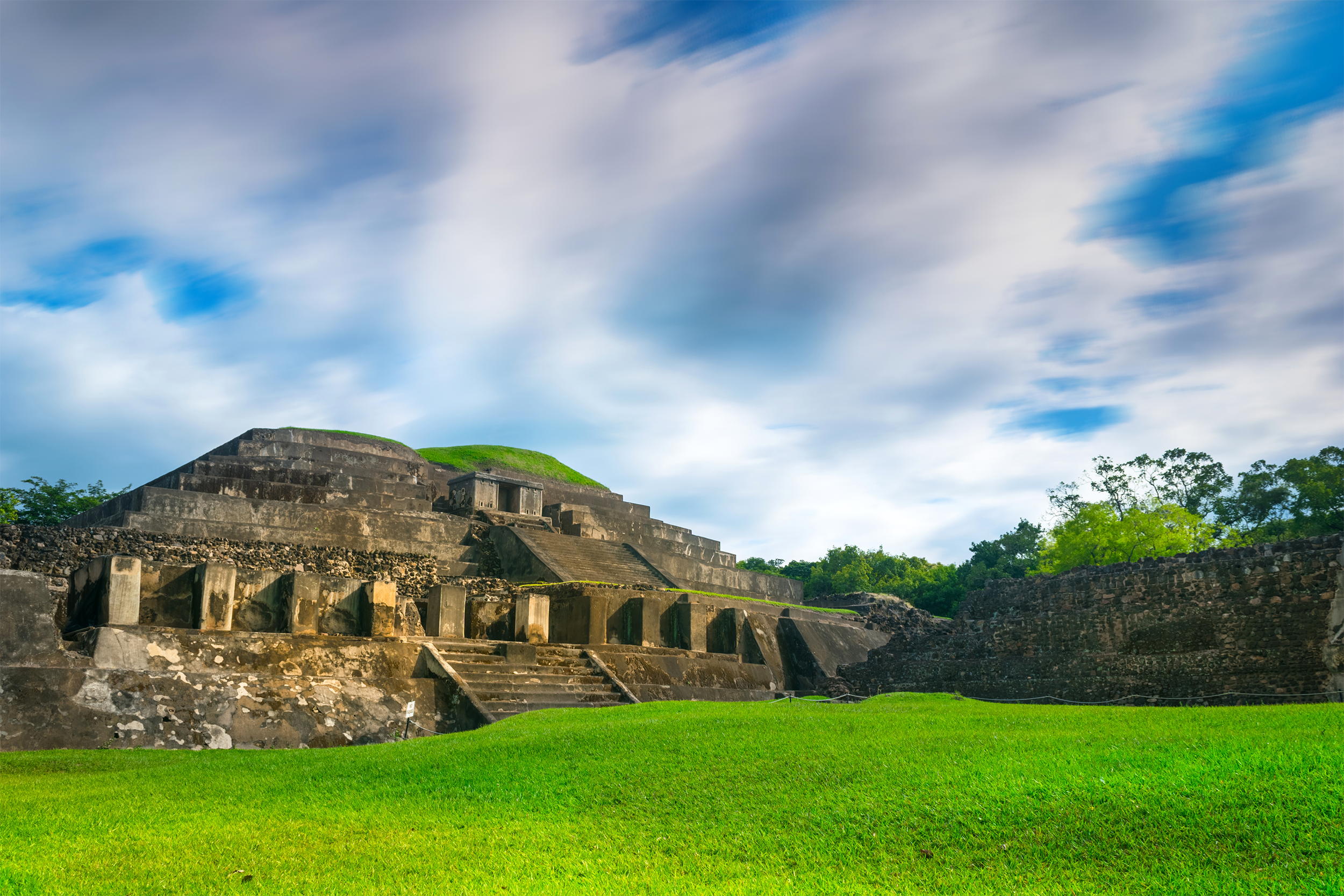
This vibrant Mayan site located in the El Salvadoran town of Chalchuapa is noted for some interesting finds such as metal artifacts from the 8th century A.D. and gold ornaments, which are housed in its on-site museum. The site also includes structures such as the Temple of the Columns as well as a number of sculptures and burial sites.
Tikal | Guatemala
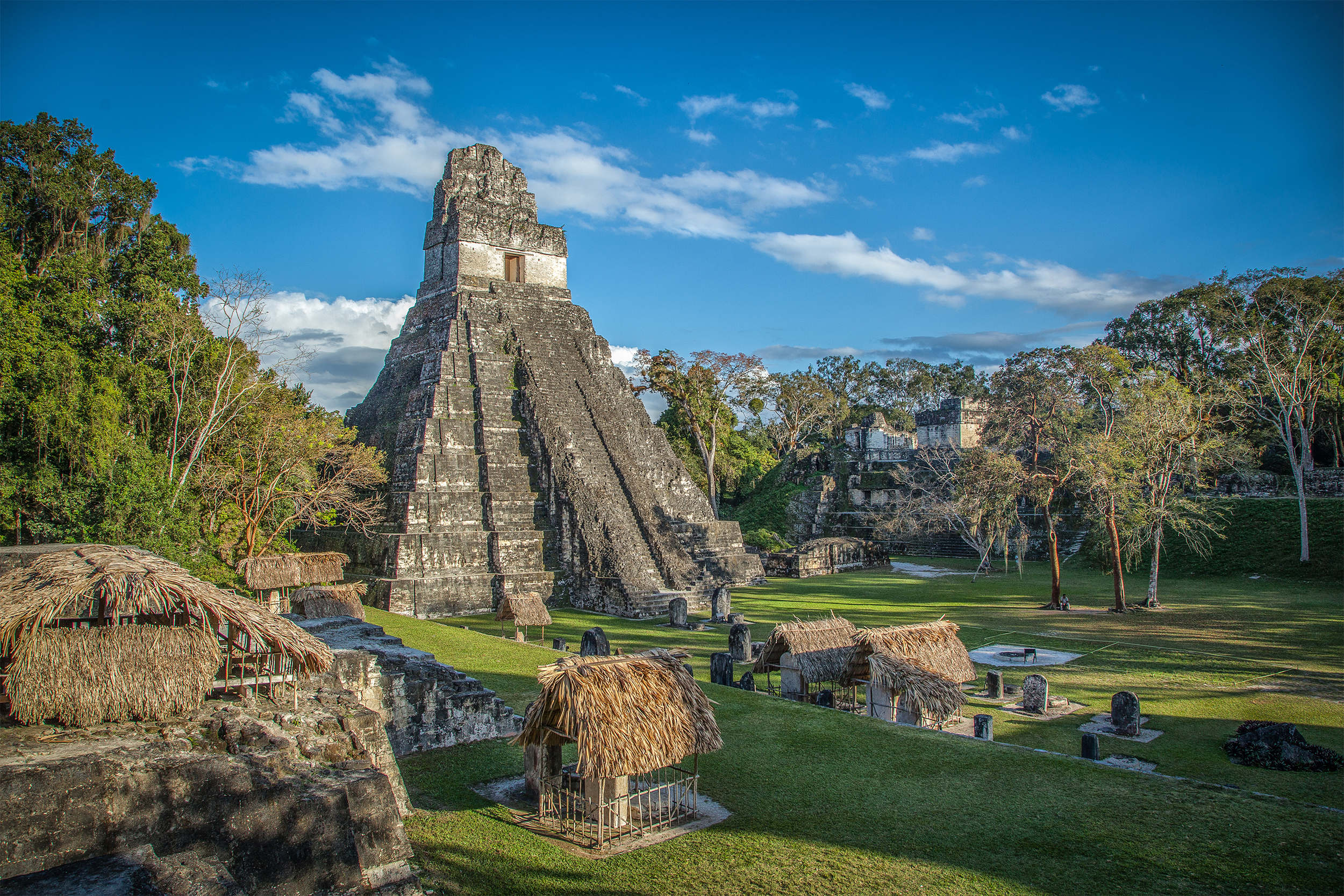
Copan | Honduras
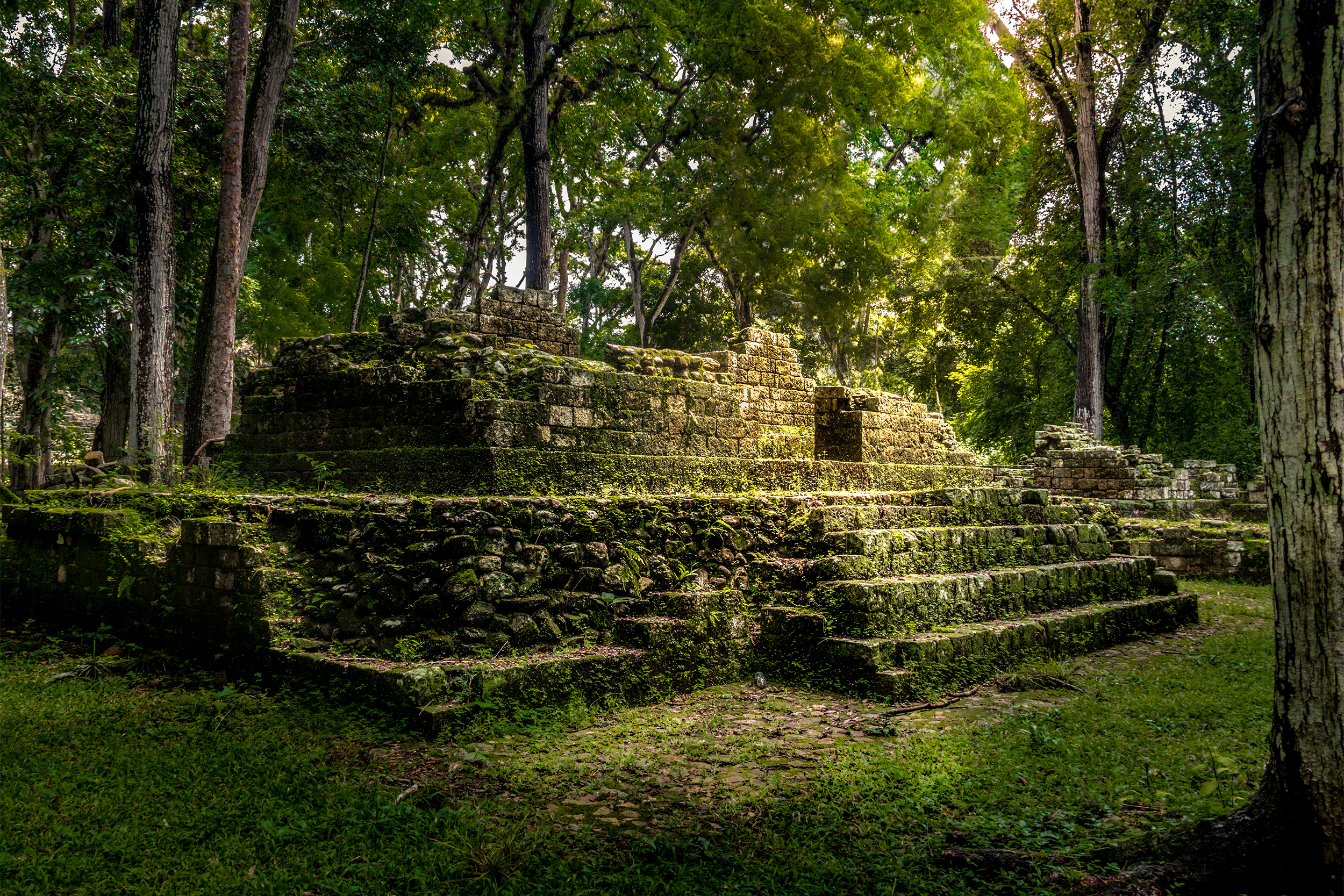
Once a powerful Mayan center that was occupied for more than 2,000 years, this massive city located in western Honduras near the Guatemalan border is a UNESCO World Heritage Site that is thought to have once been home to around 20,000 people at the peak of its power in the 8th century A.D. Key sites include its Acropolis, Great Plaza of the Stelae, and Hieroglyphic Stairway.
Related: Fascinating Places Where Tourists Aren’t Welcome
